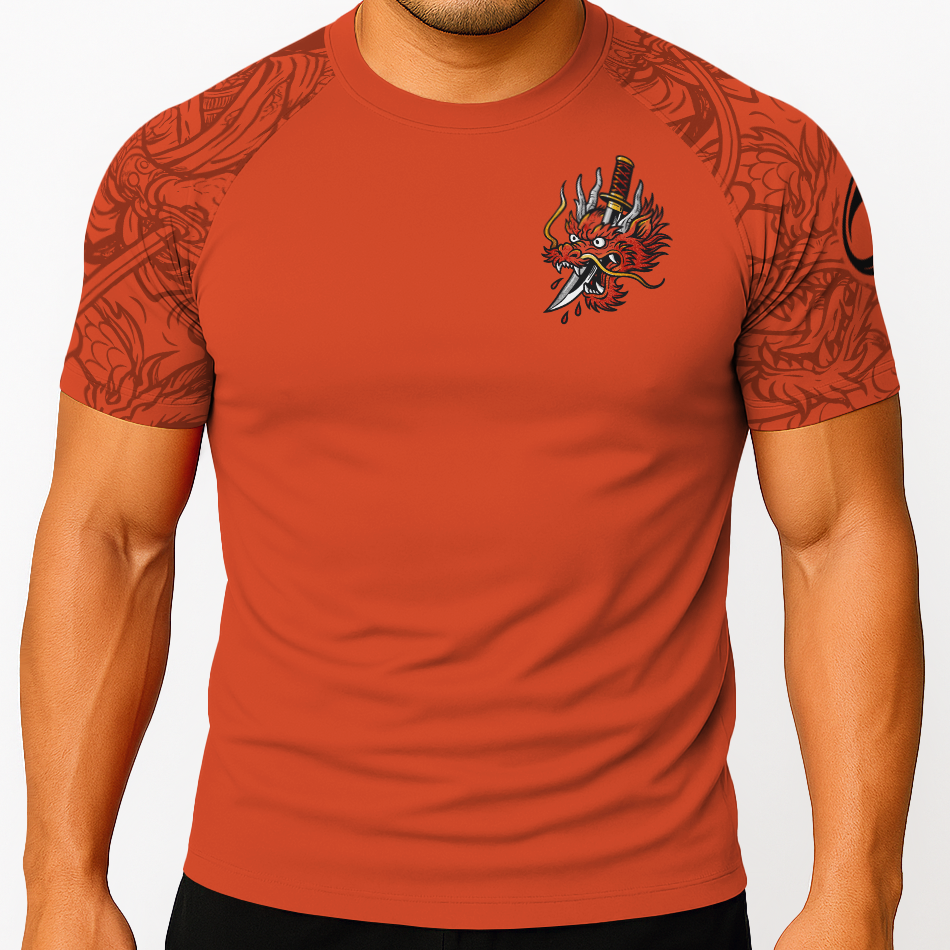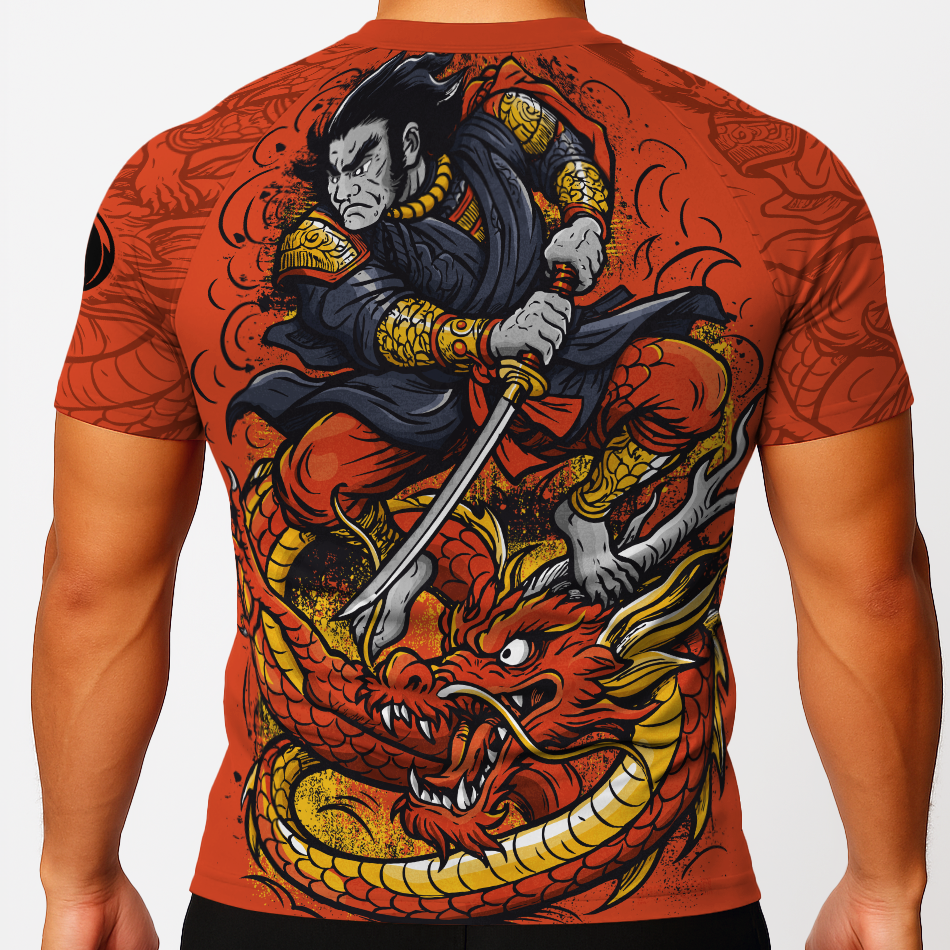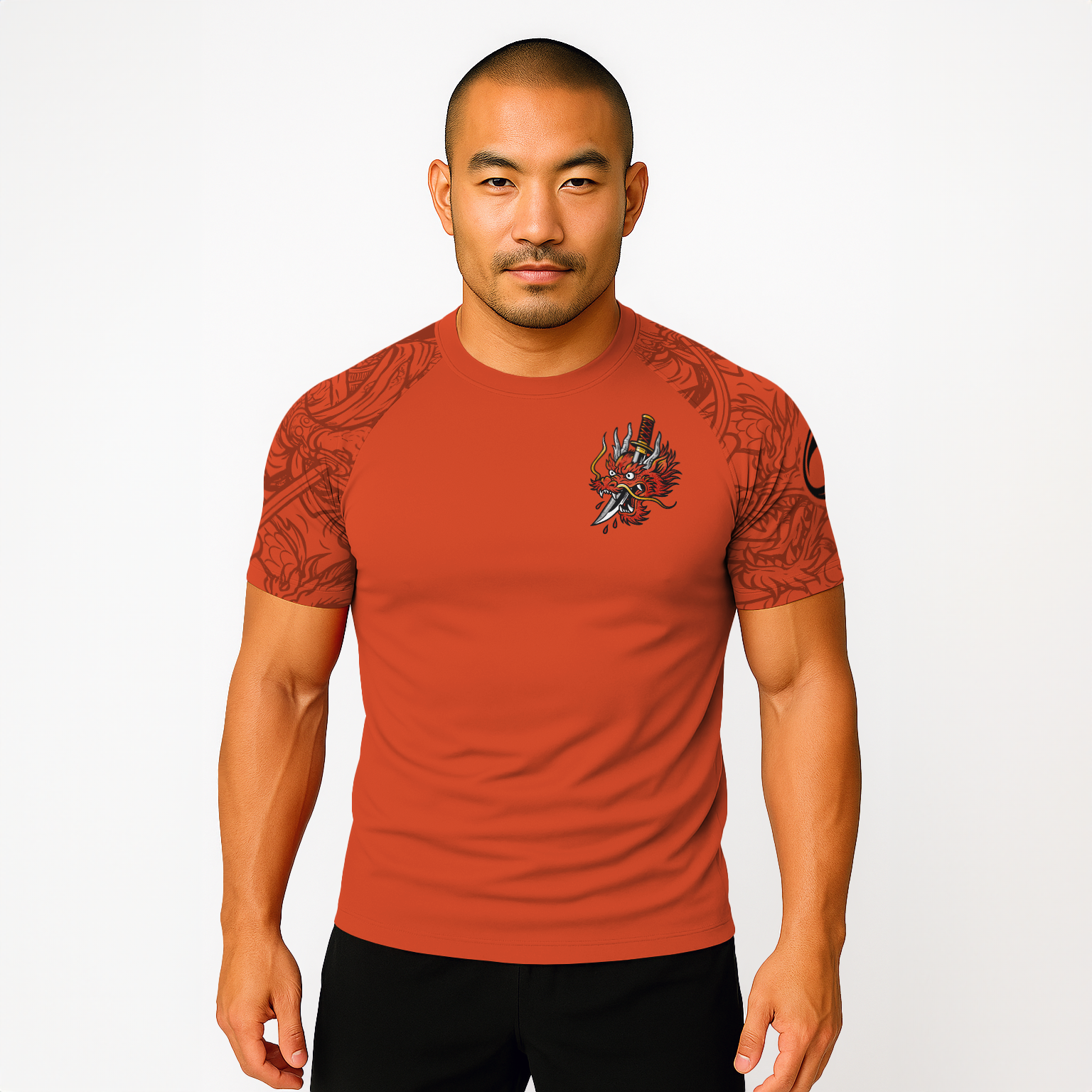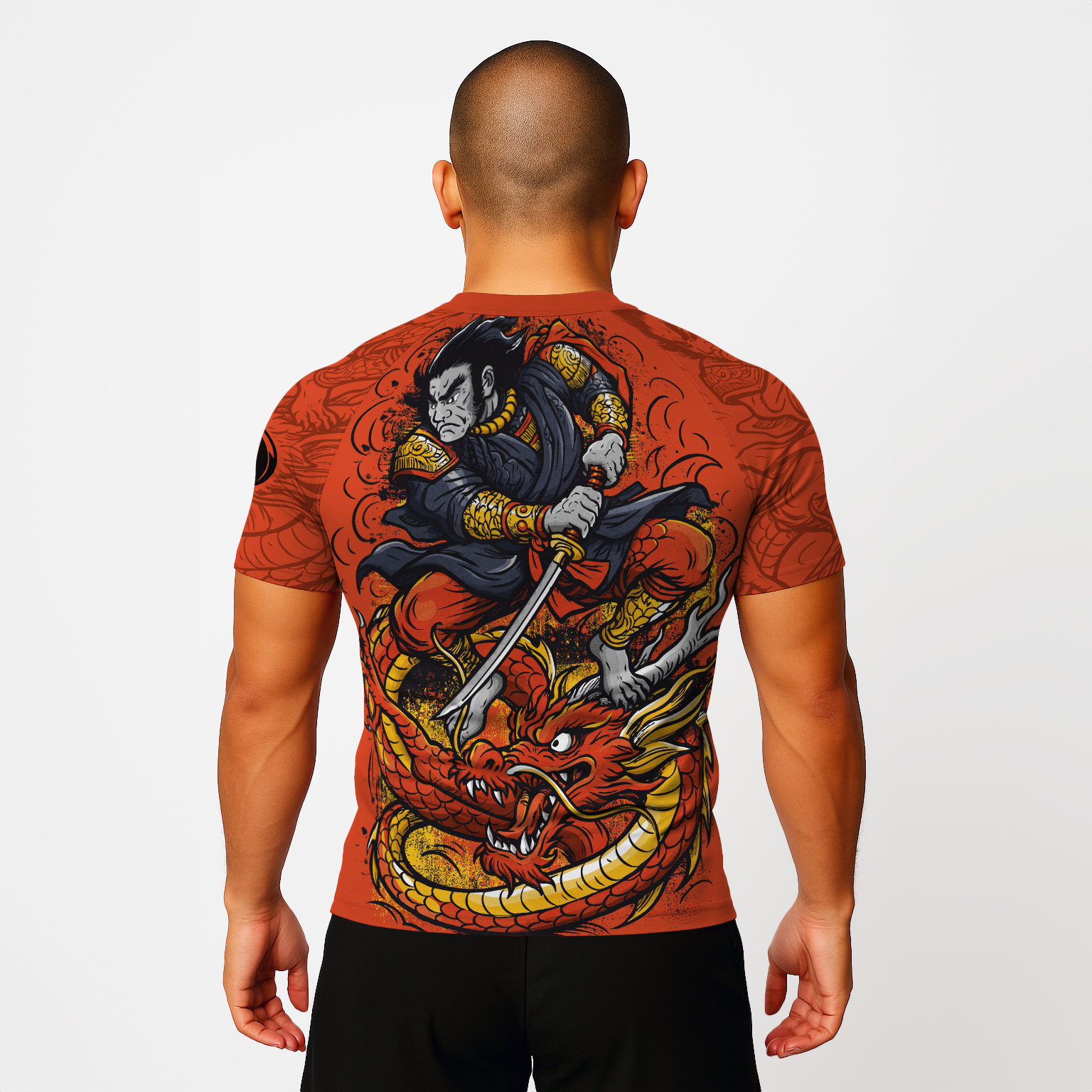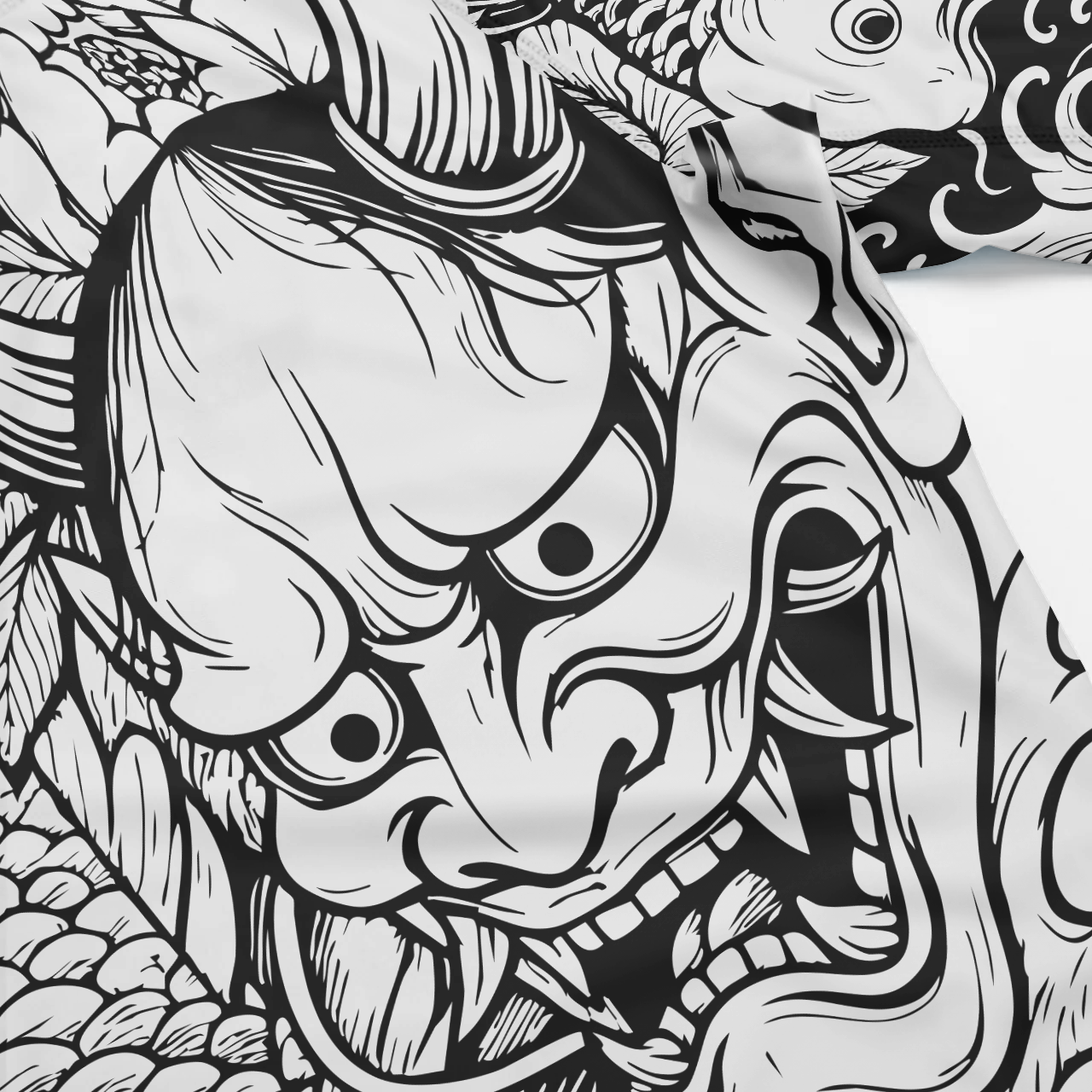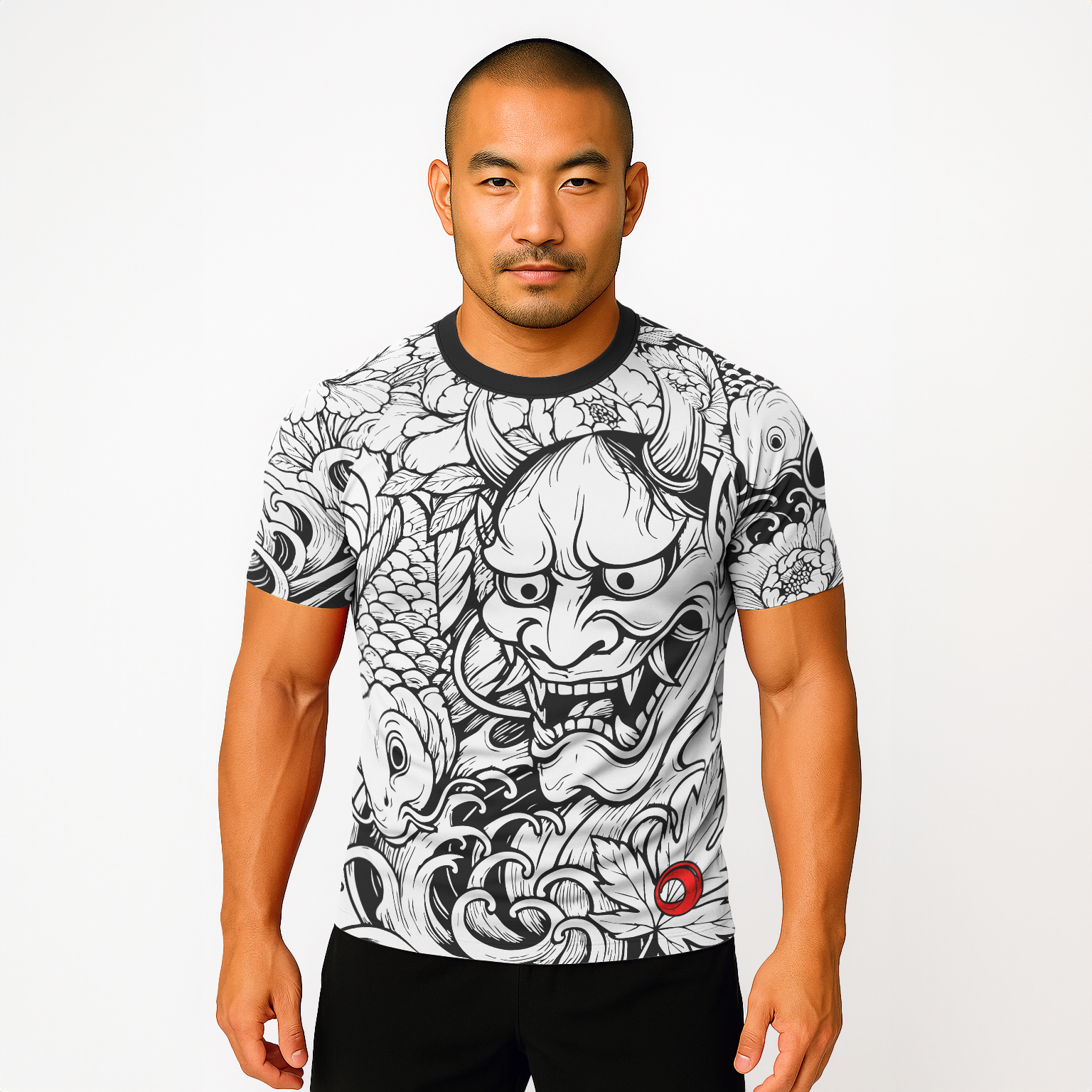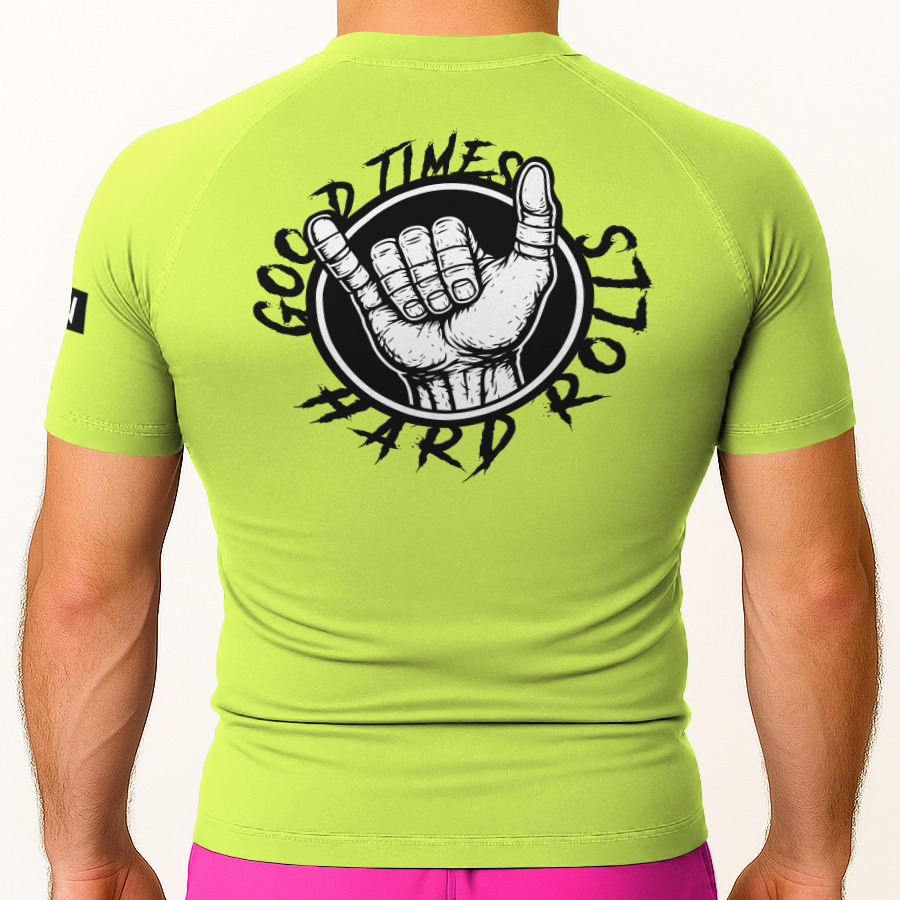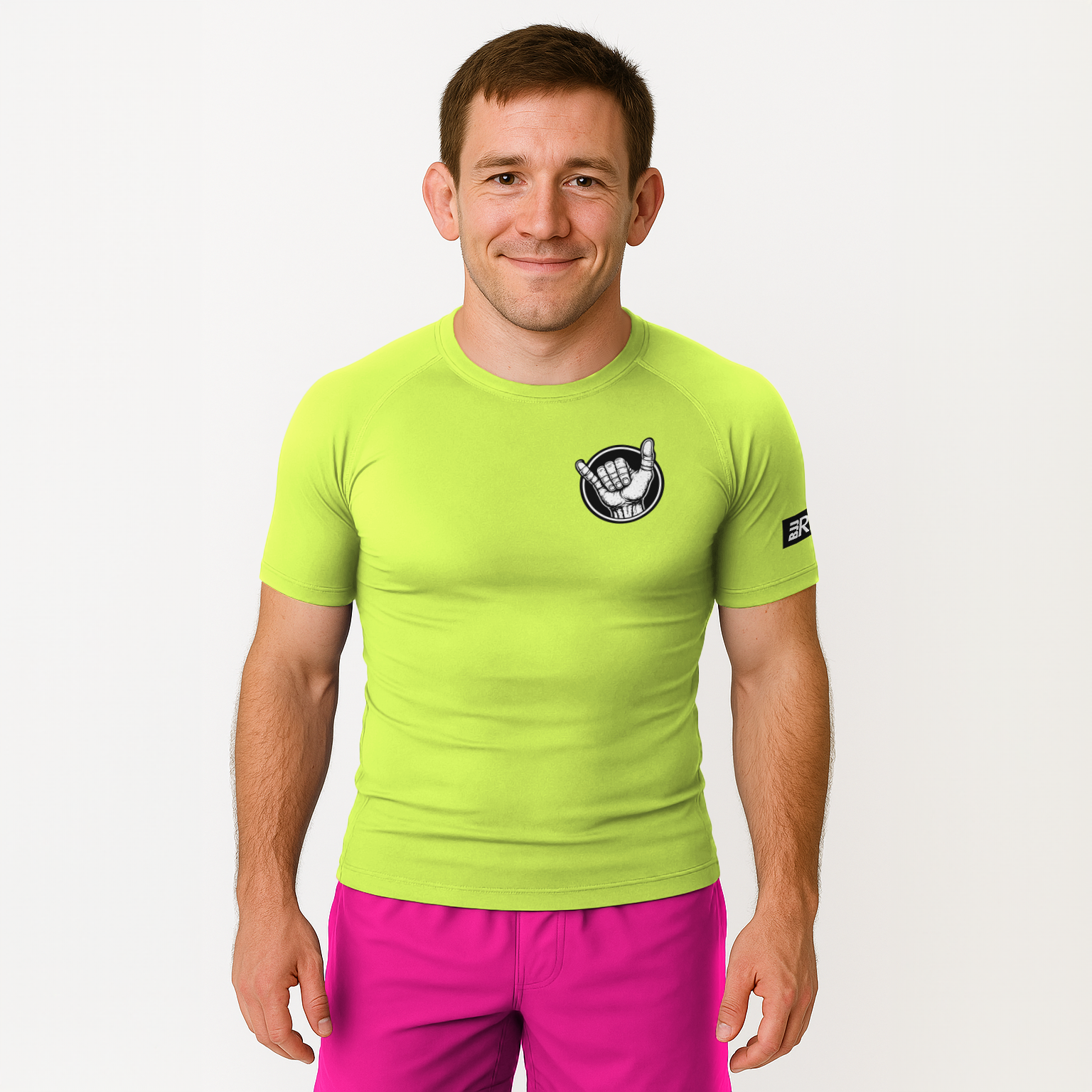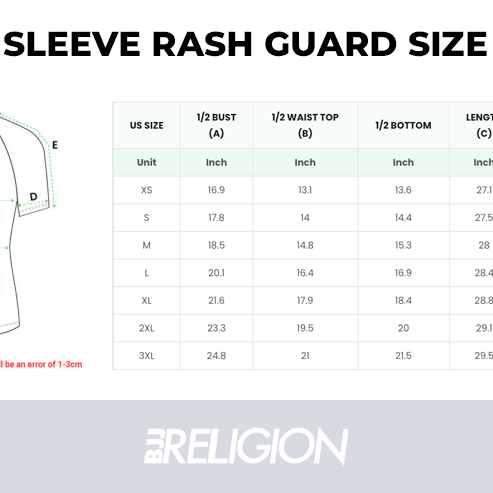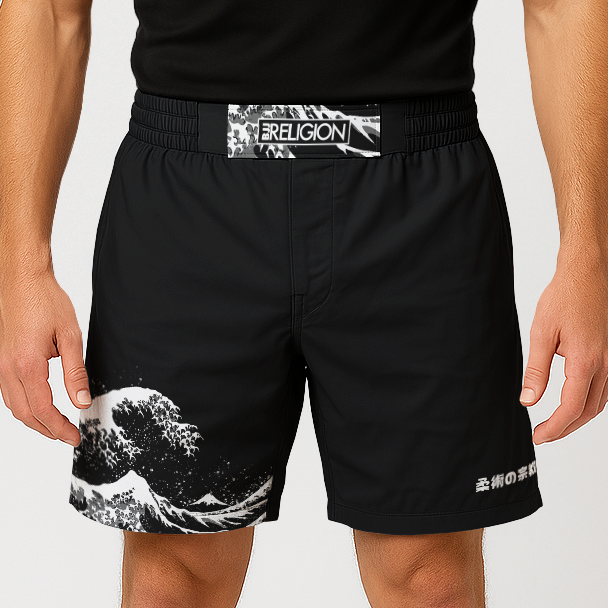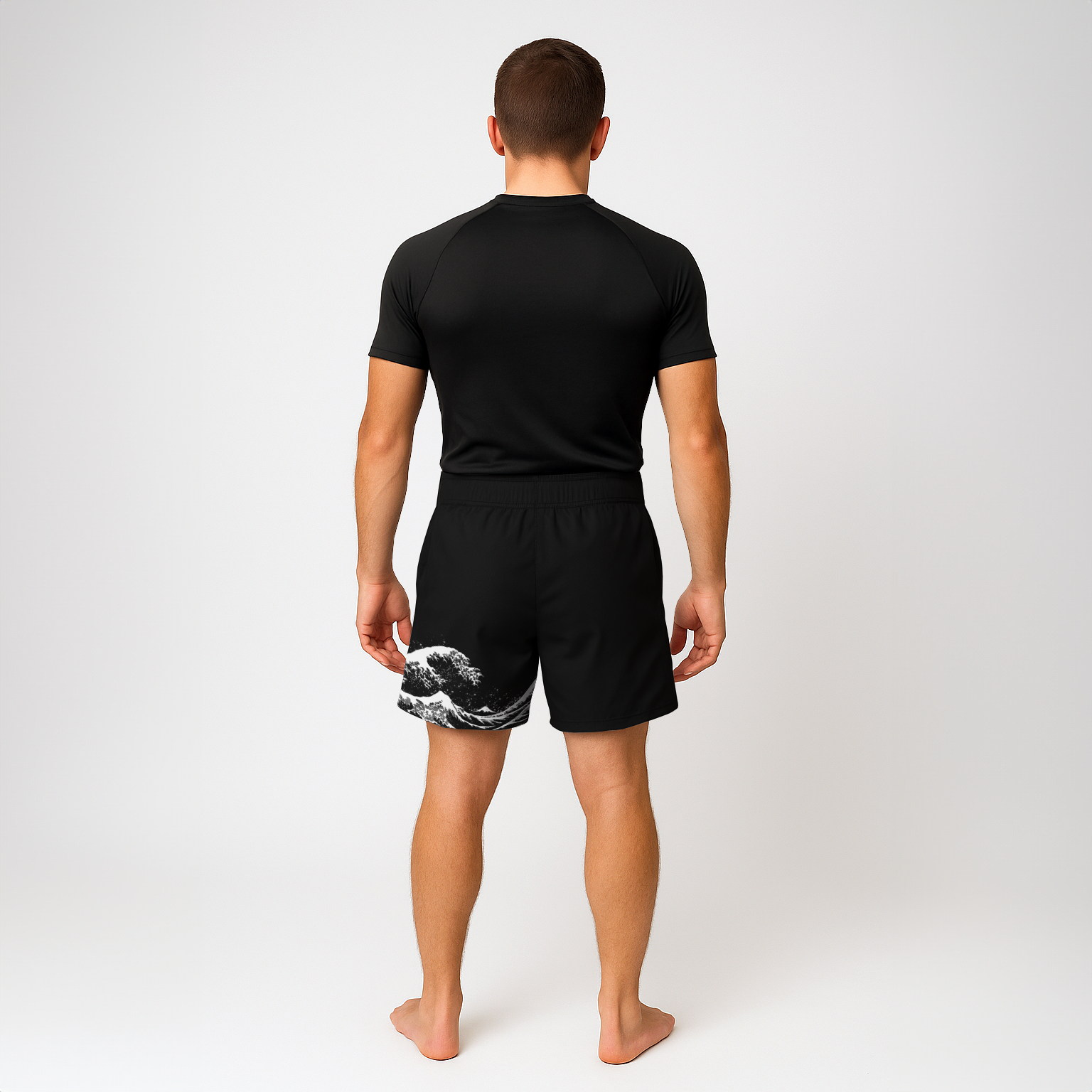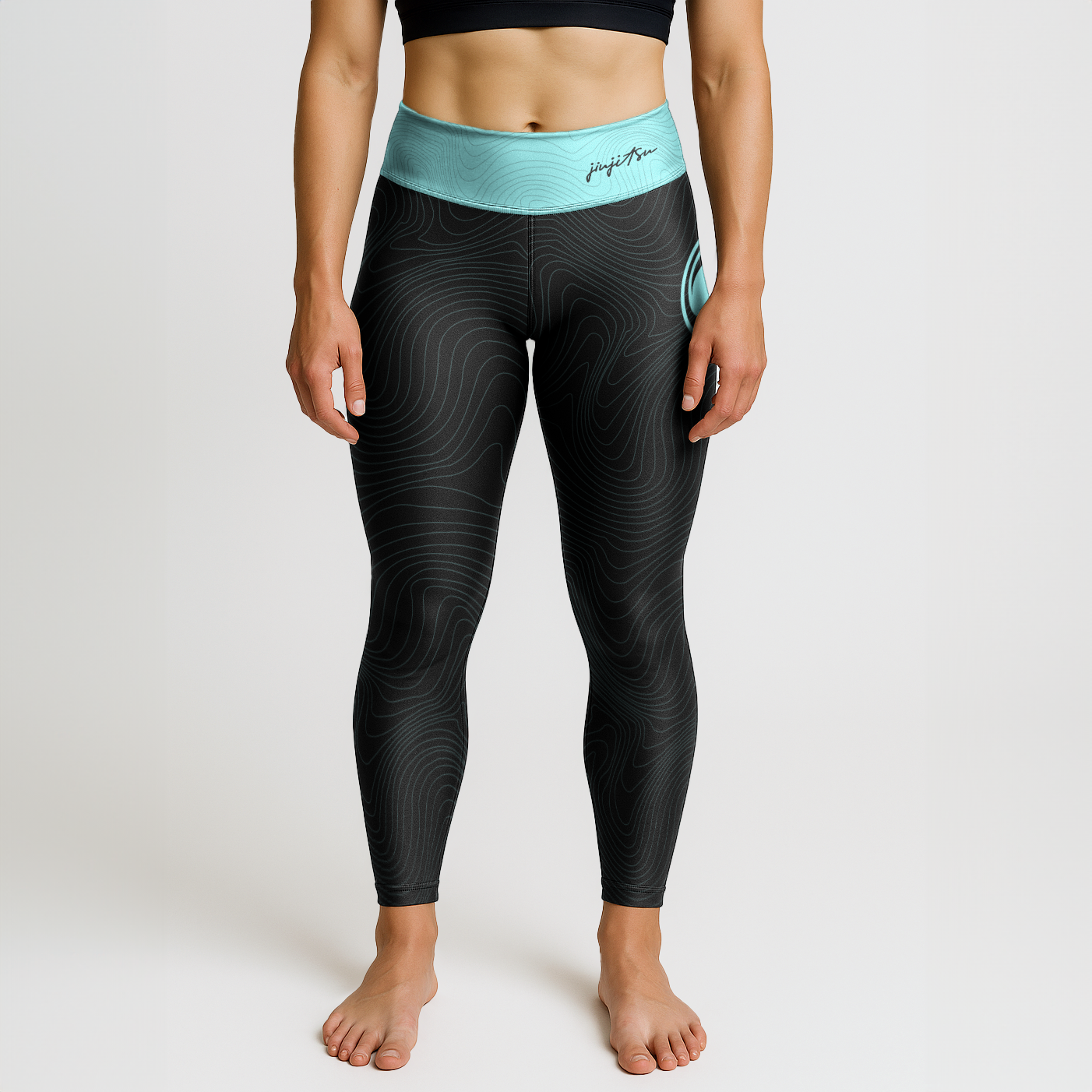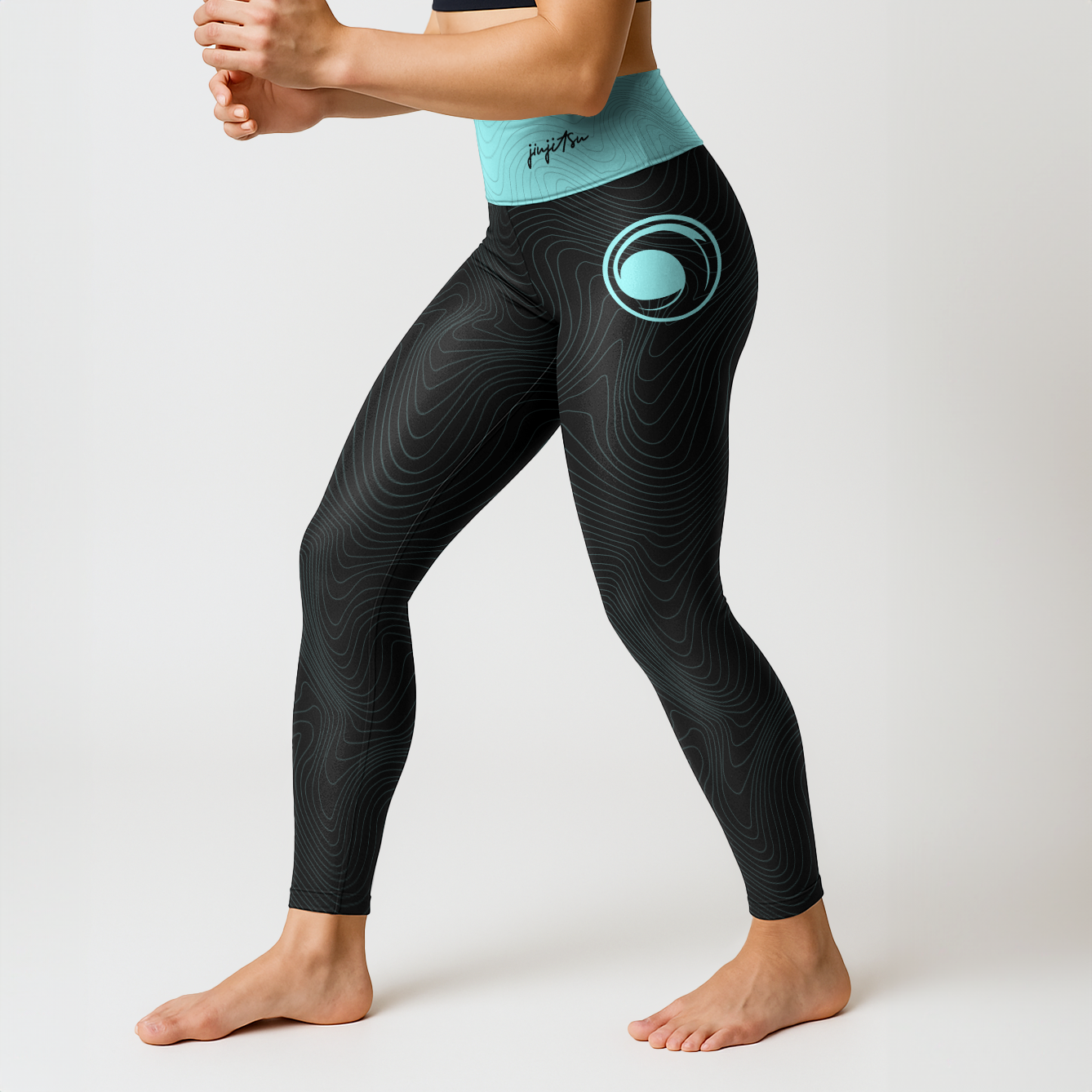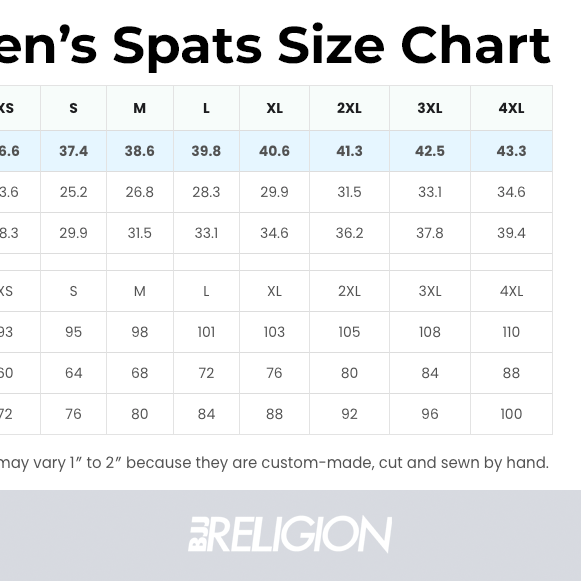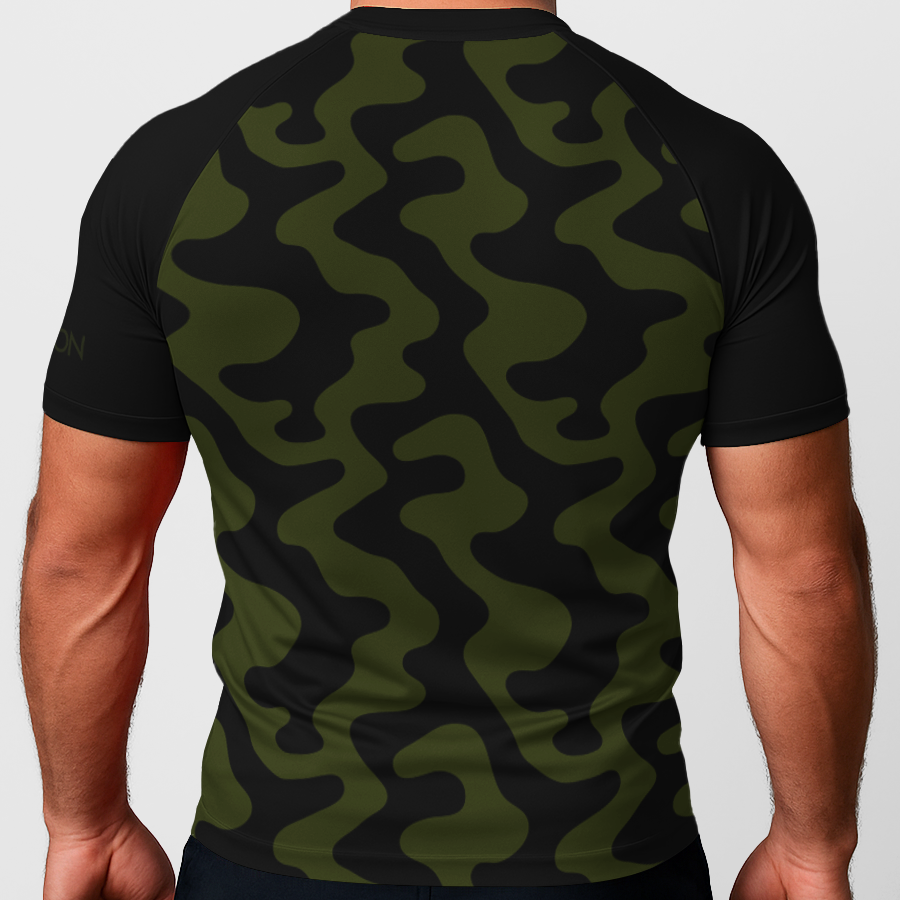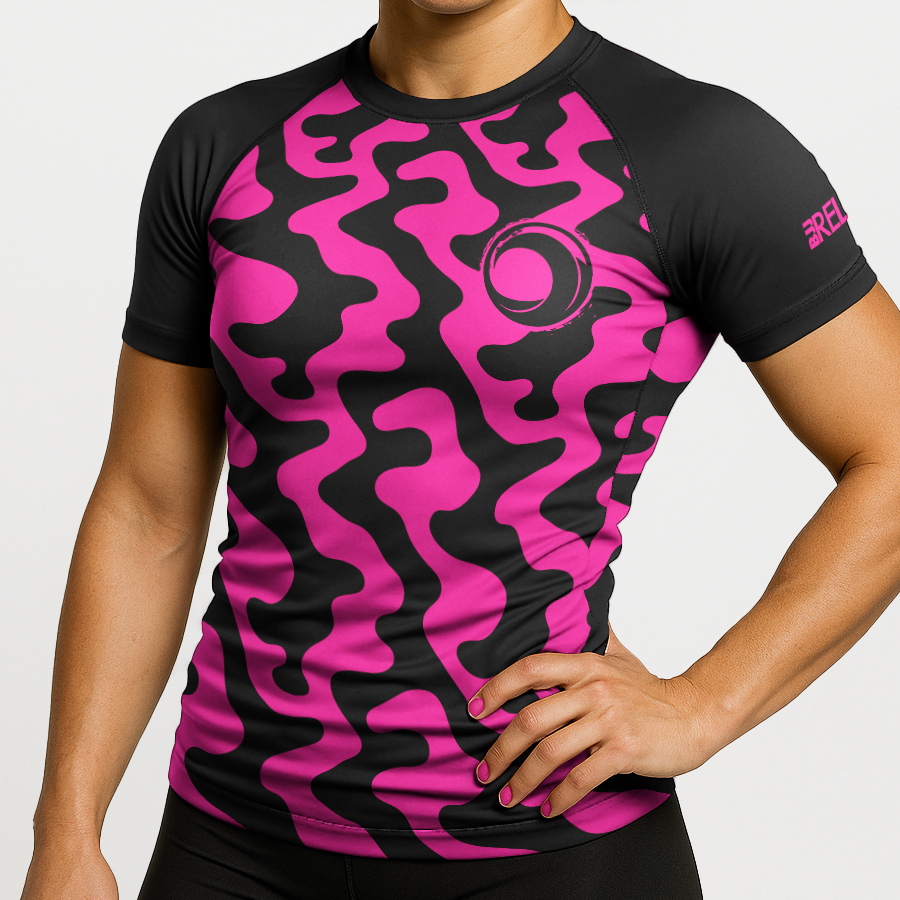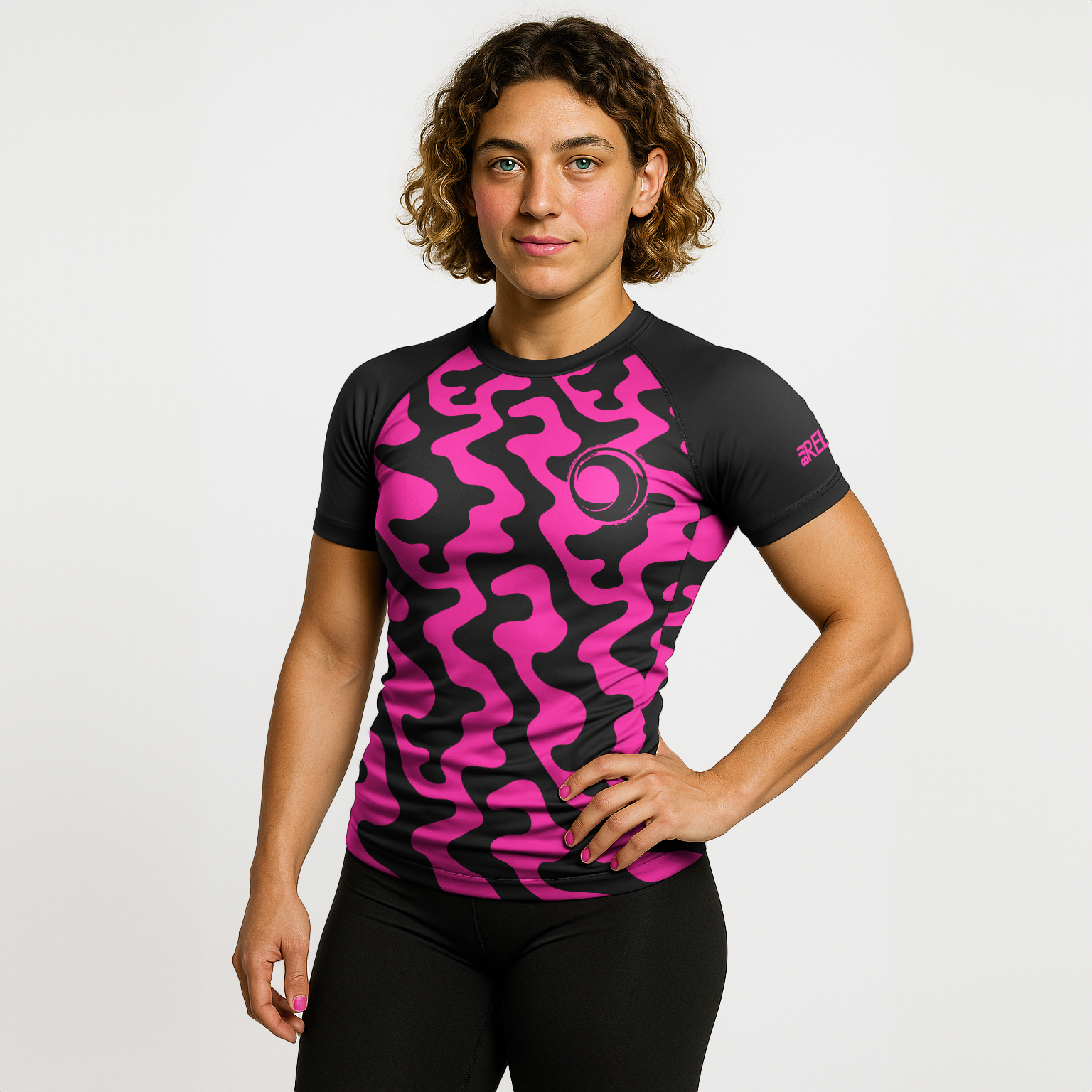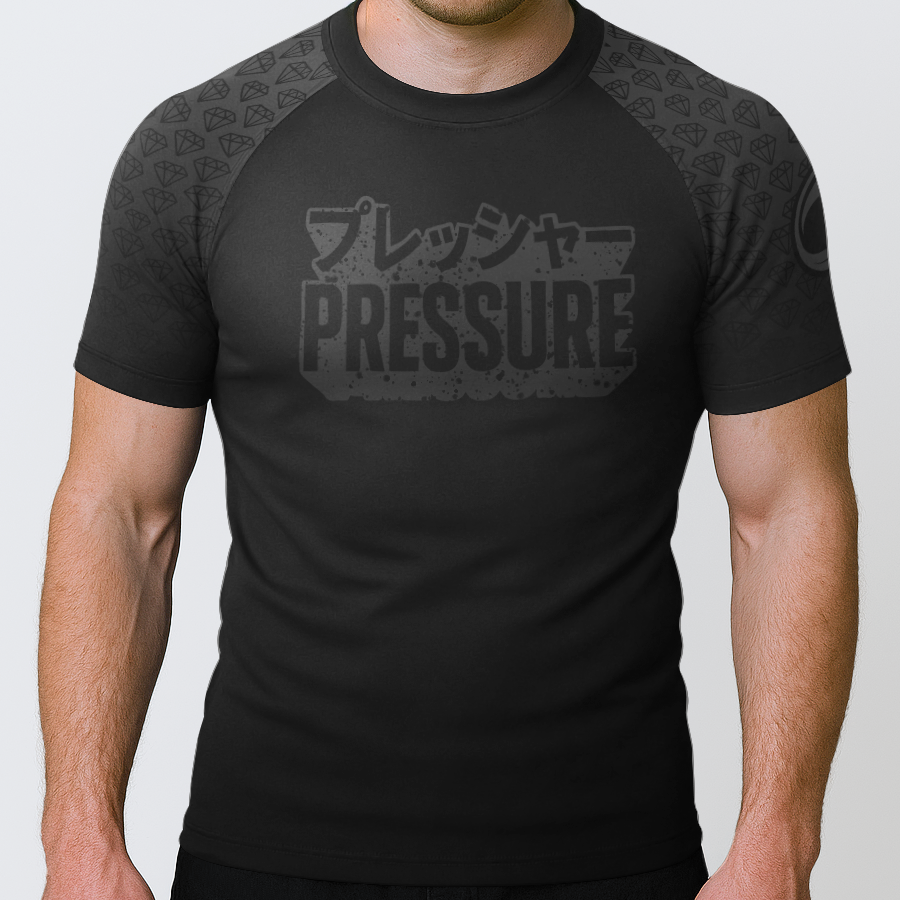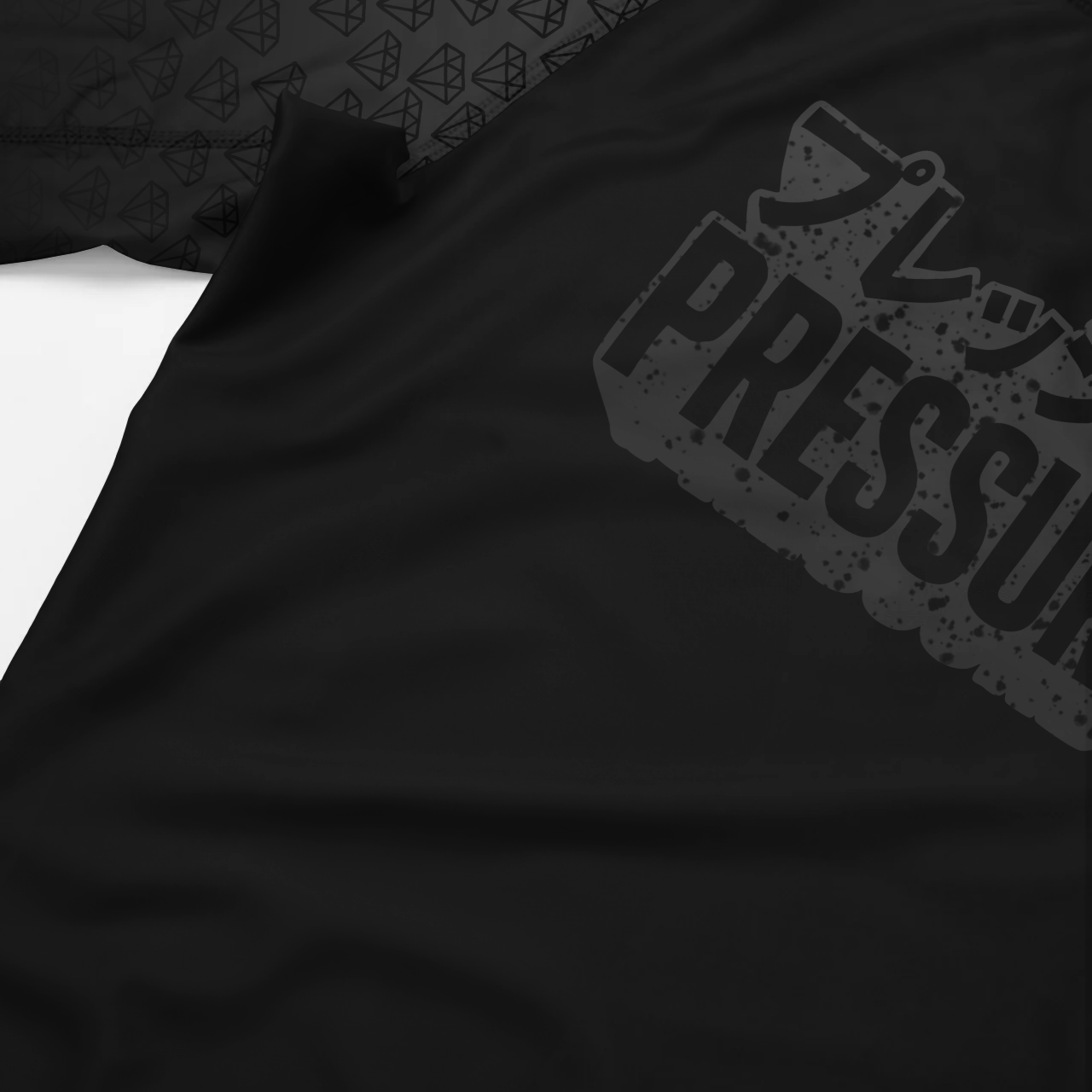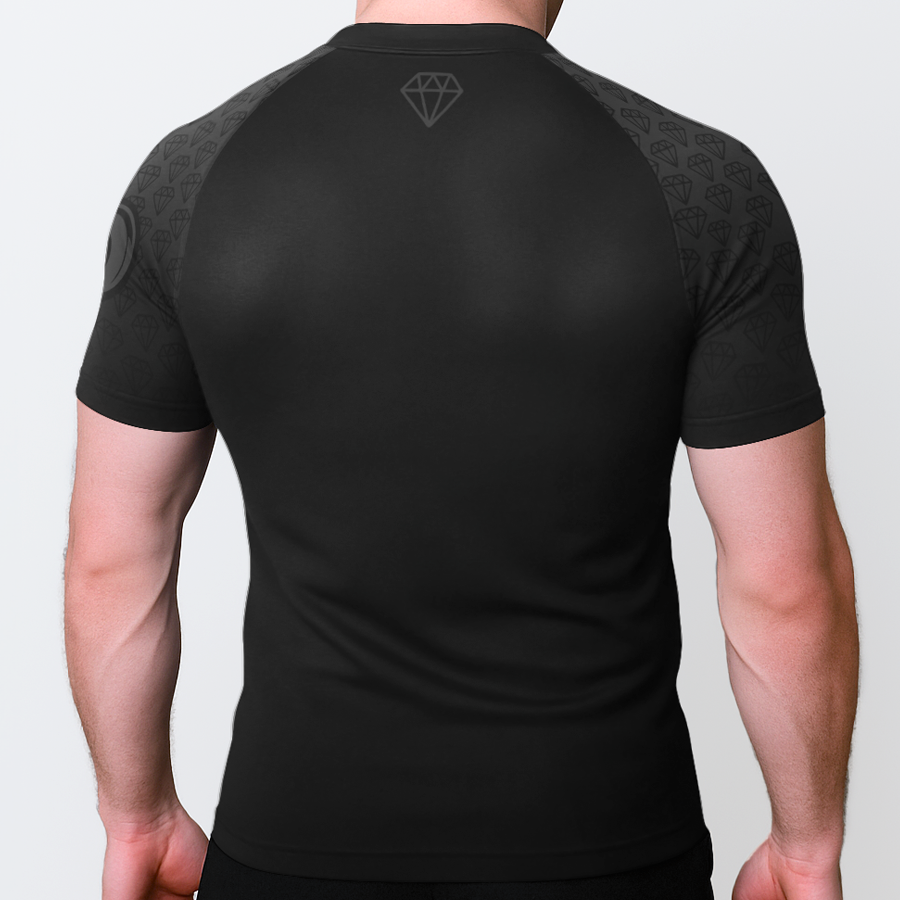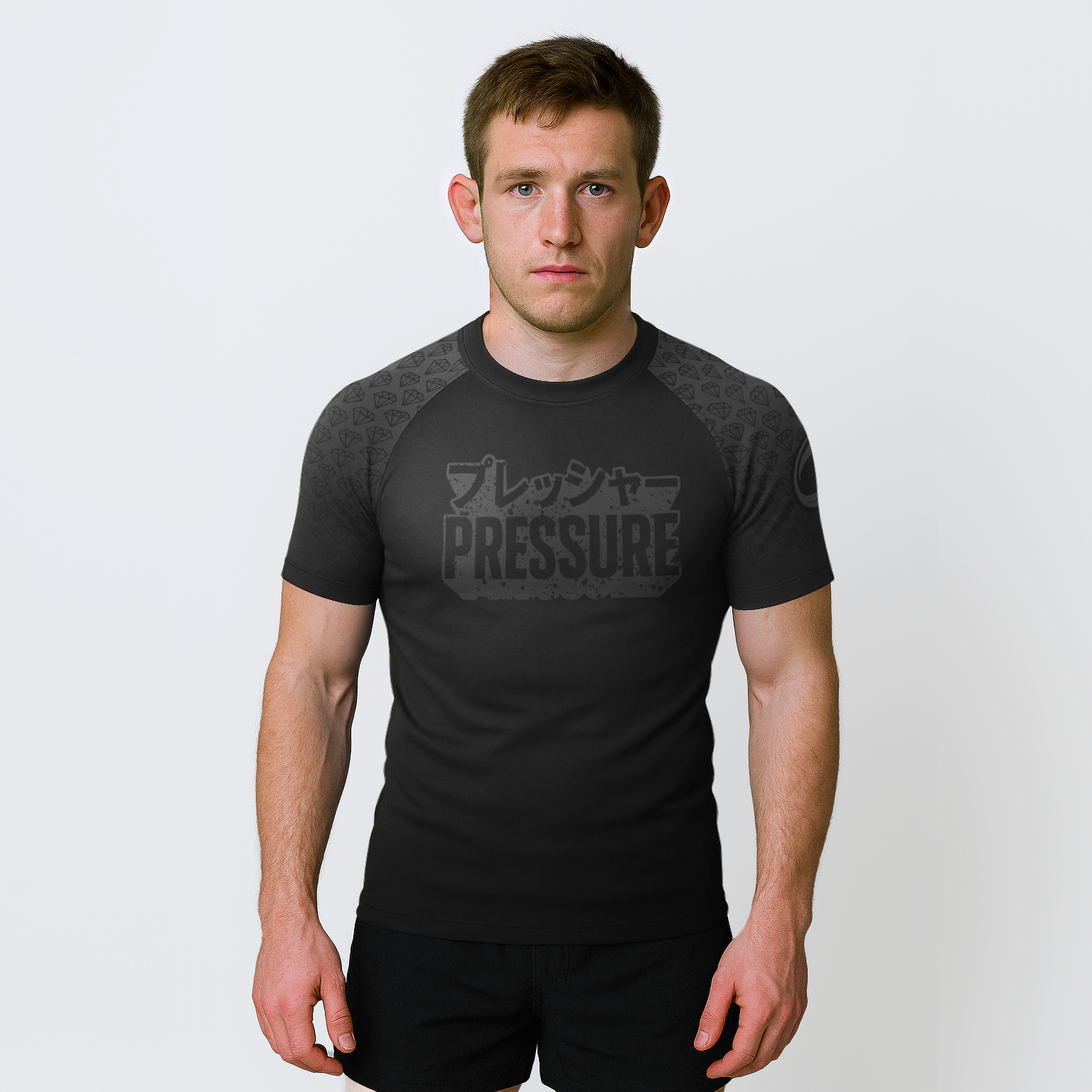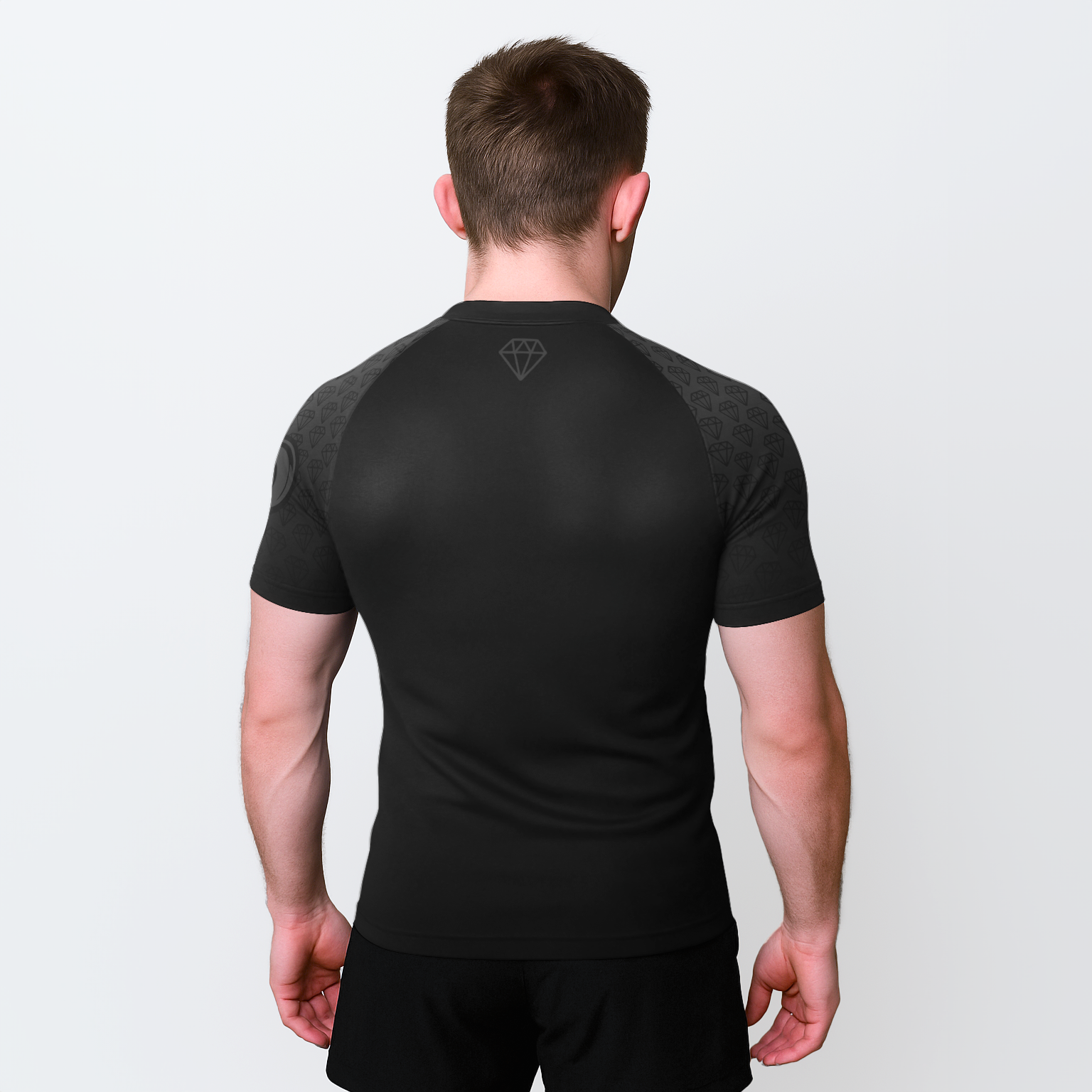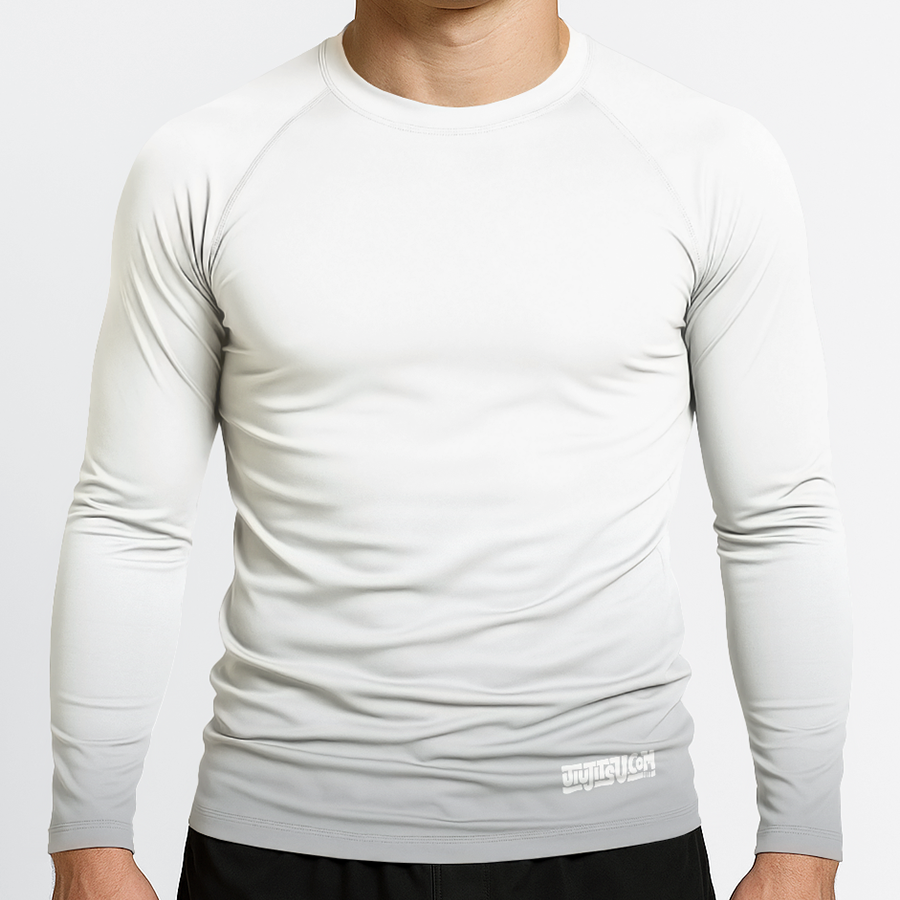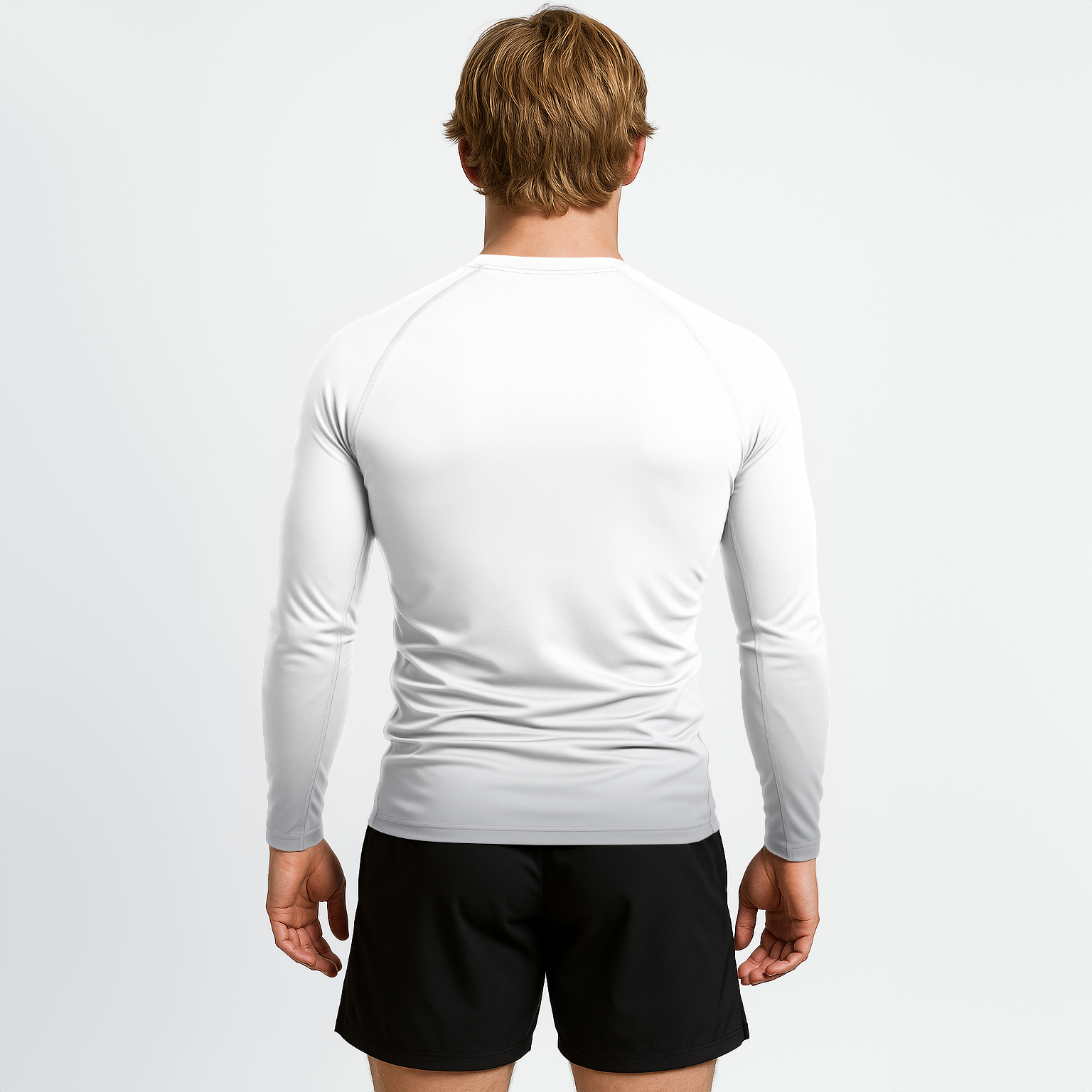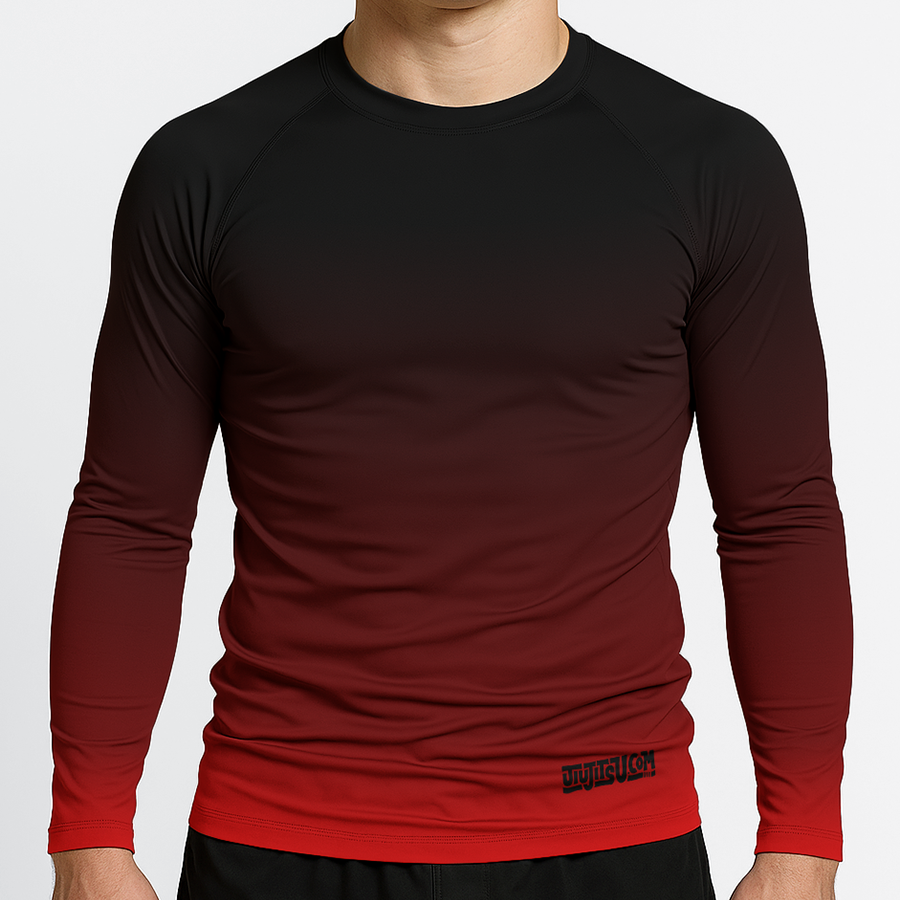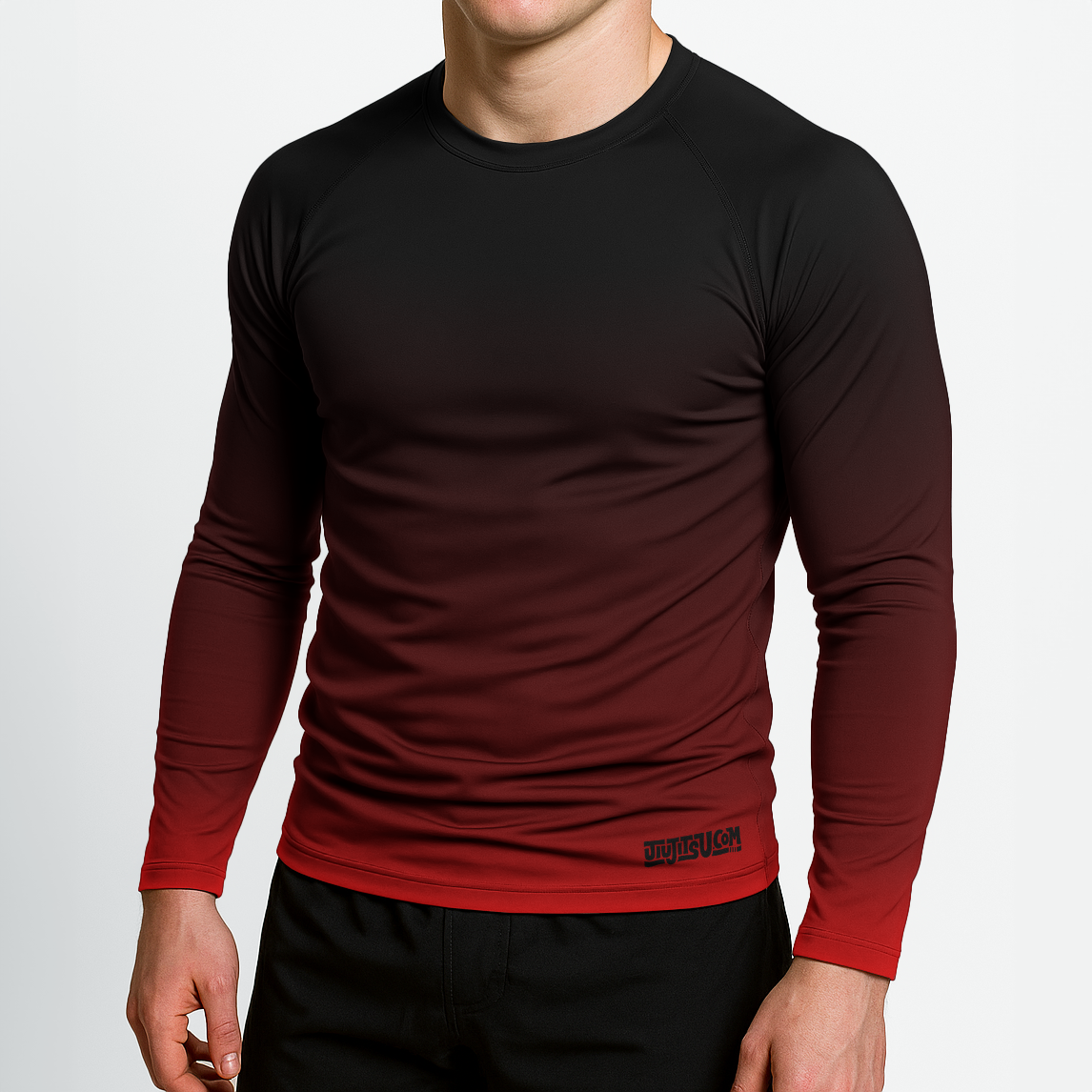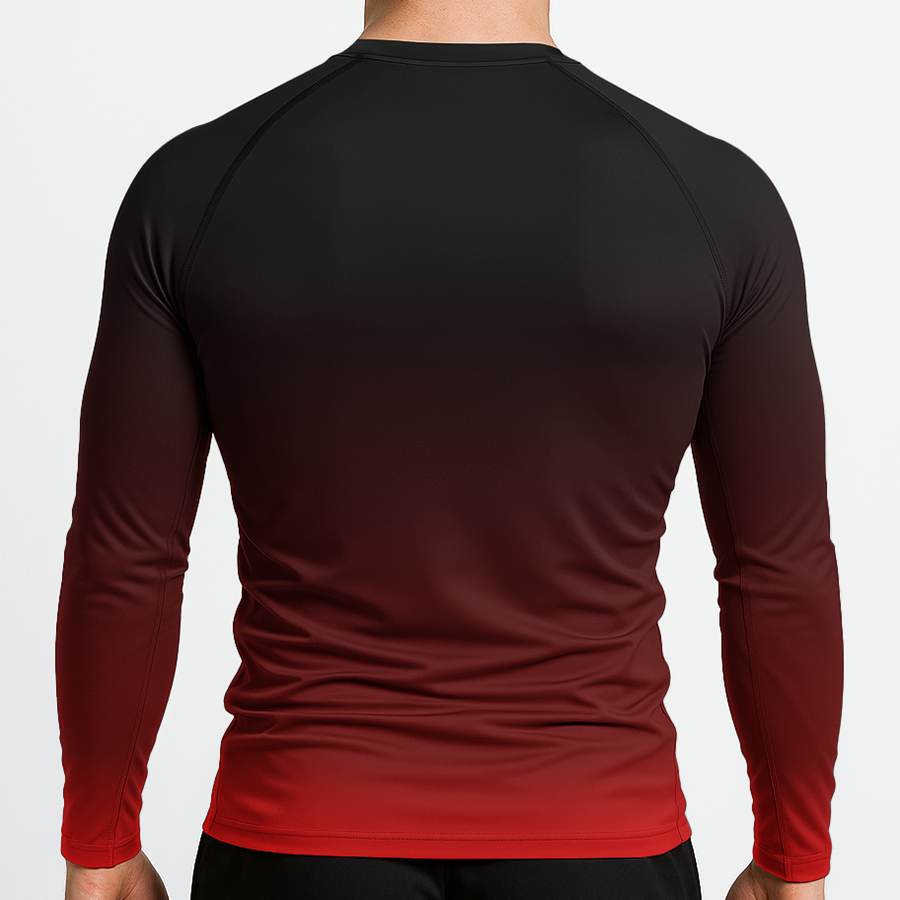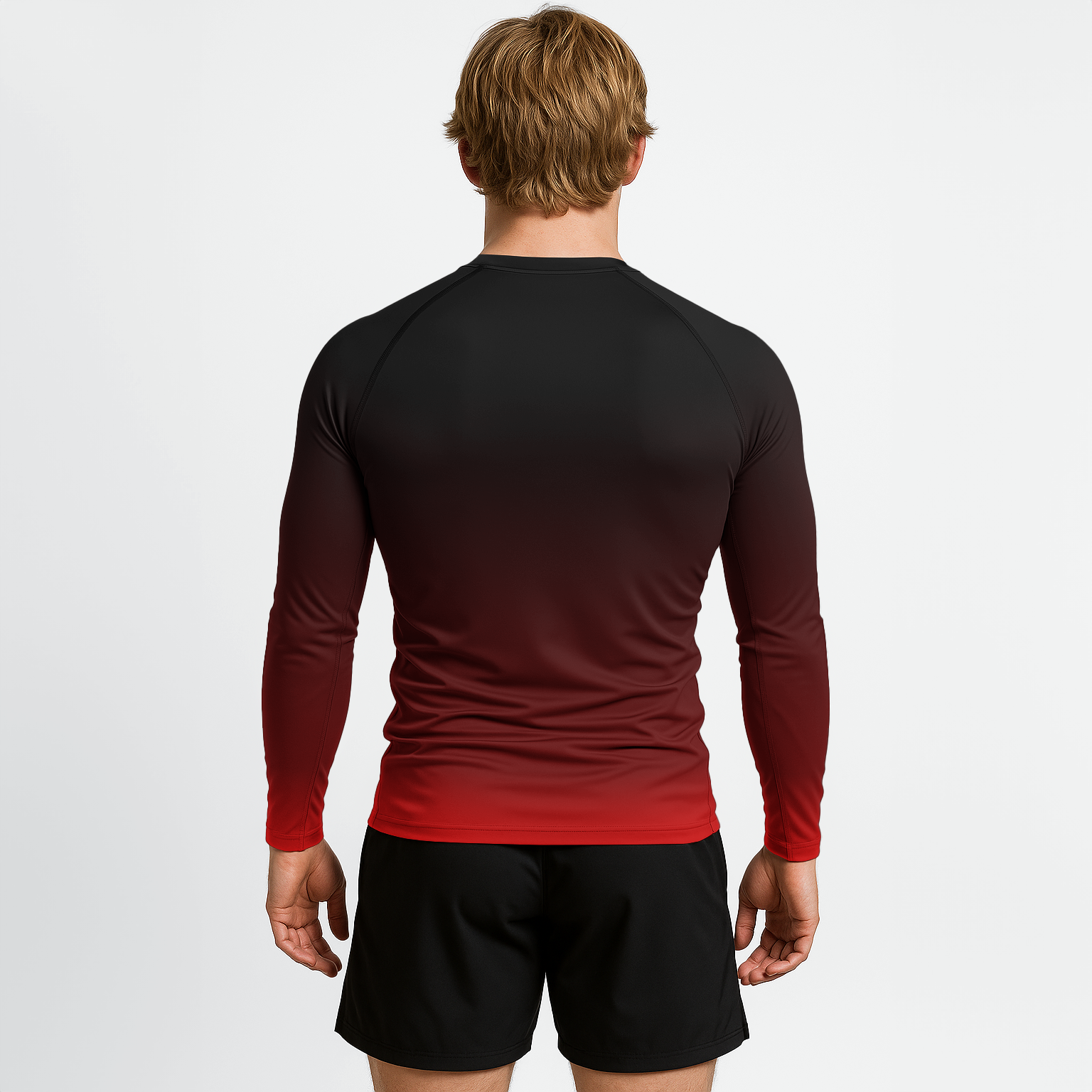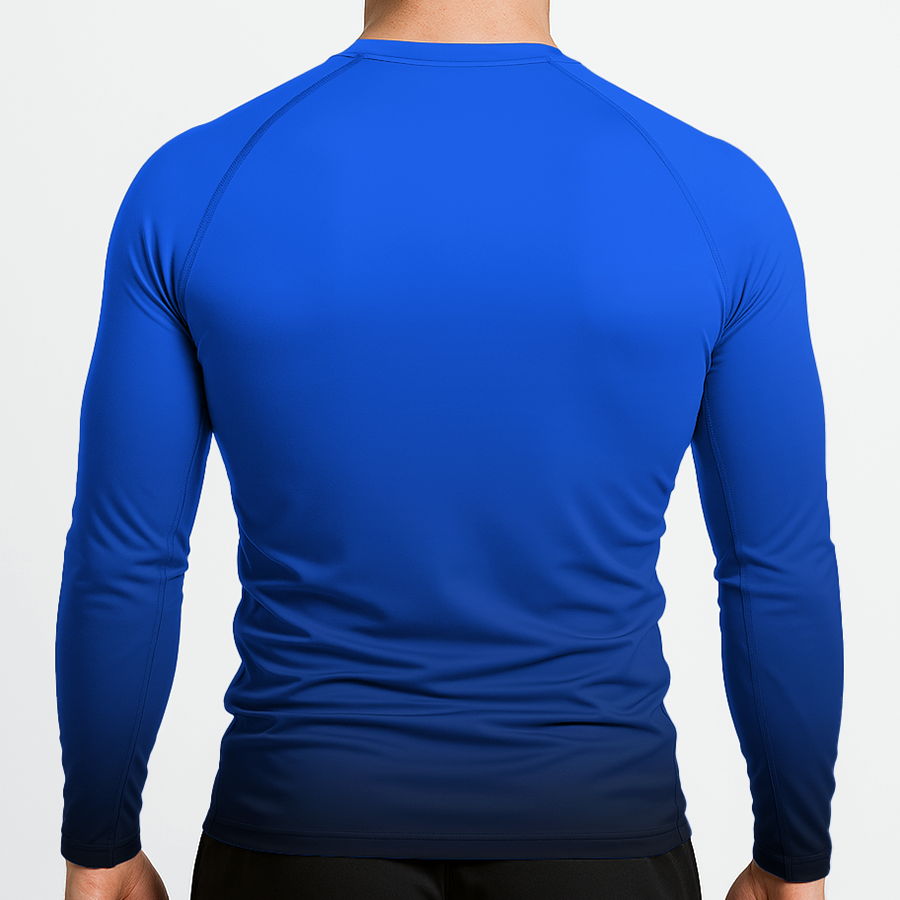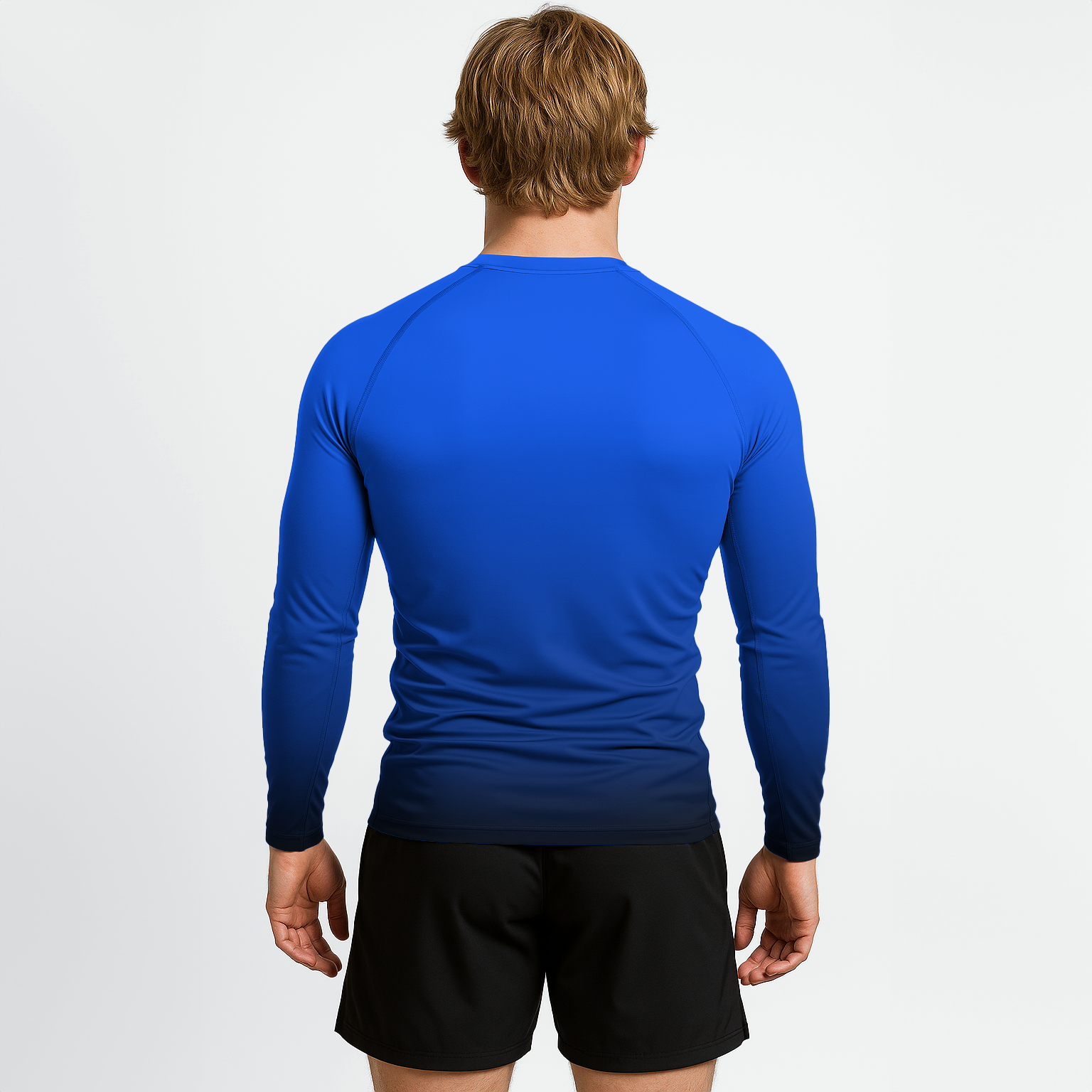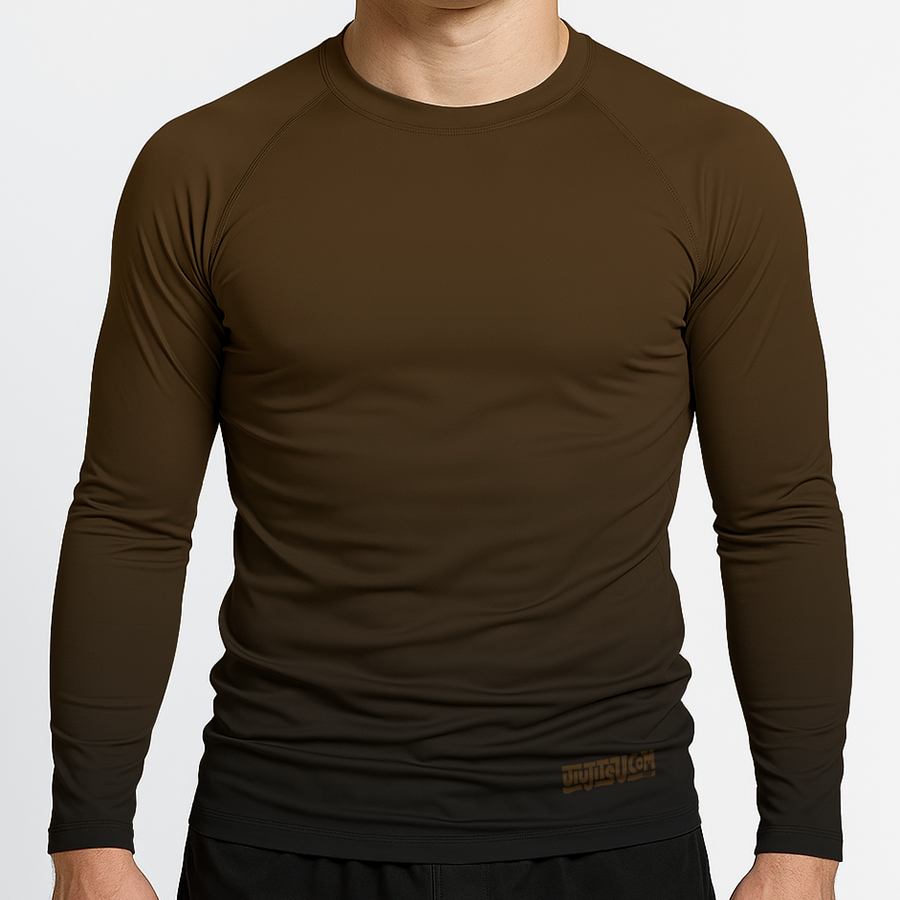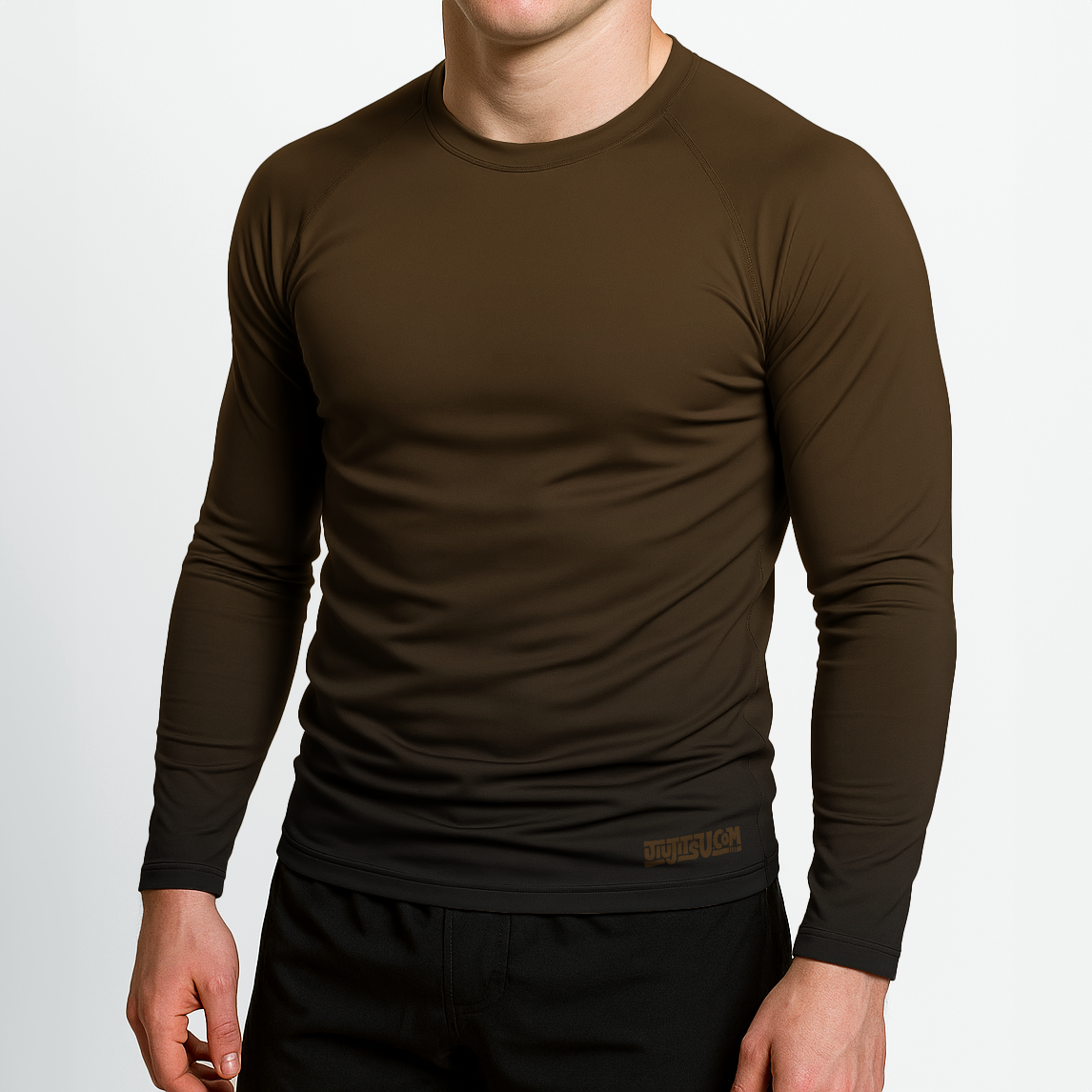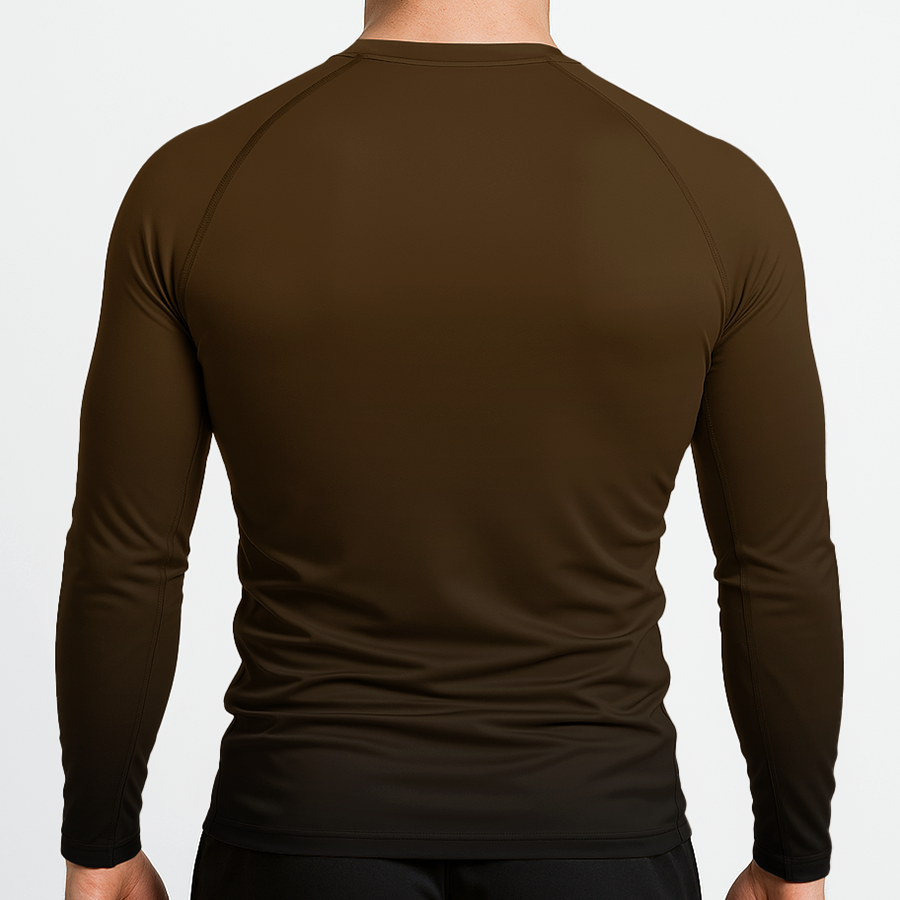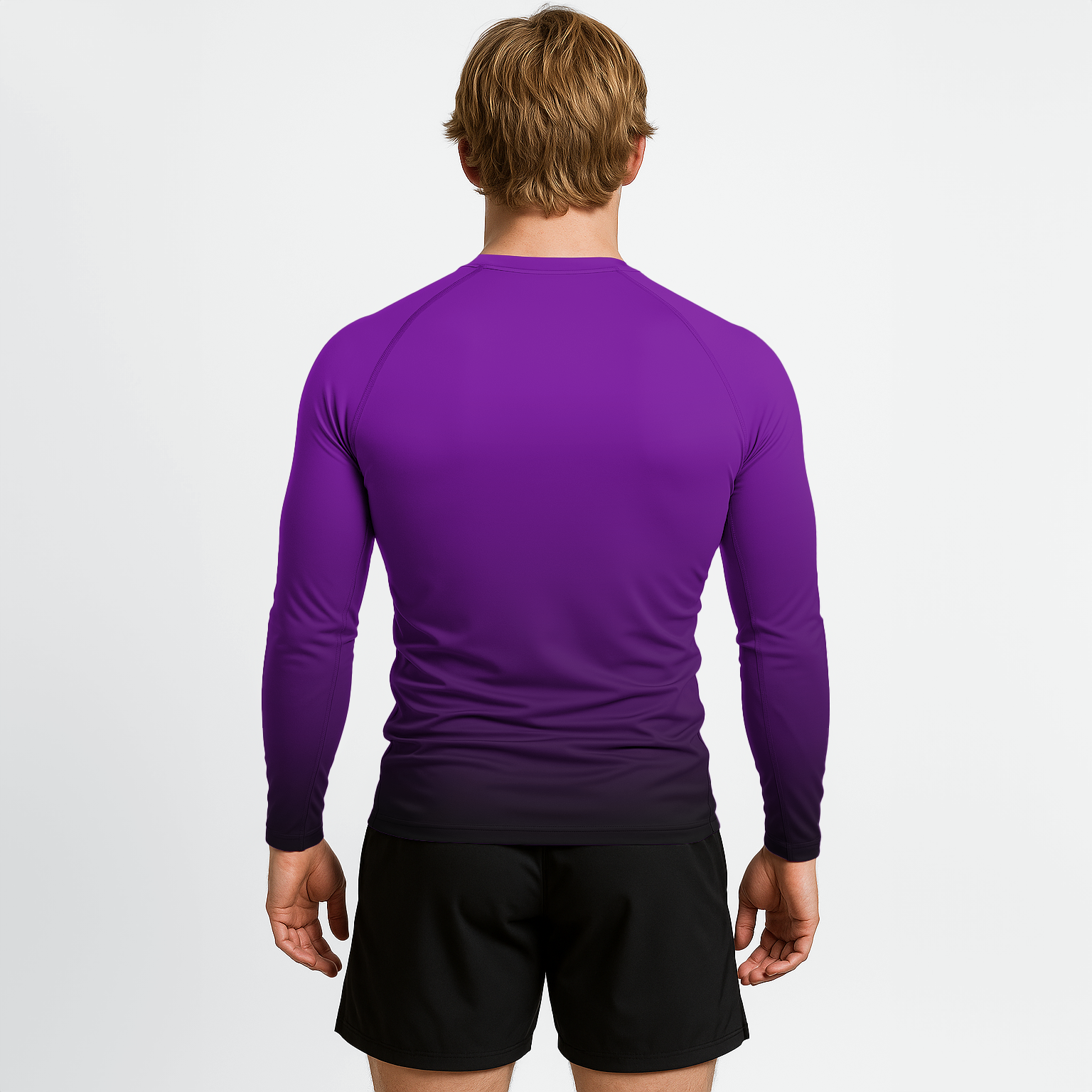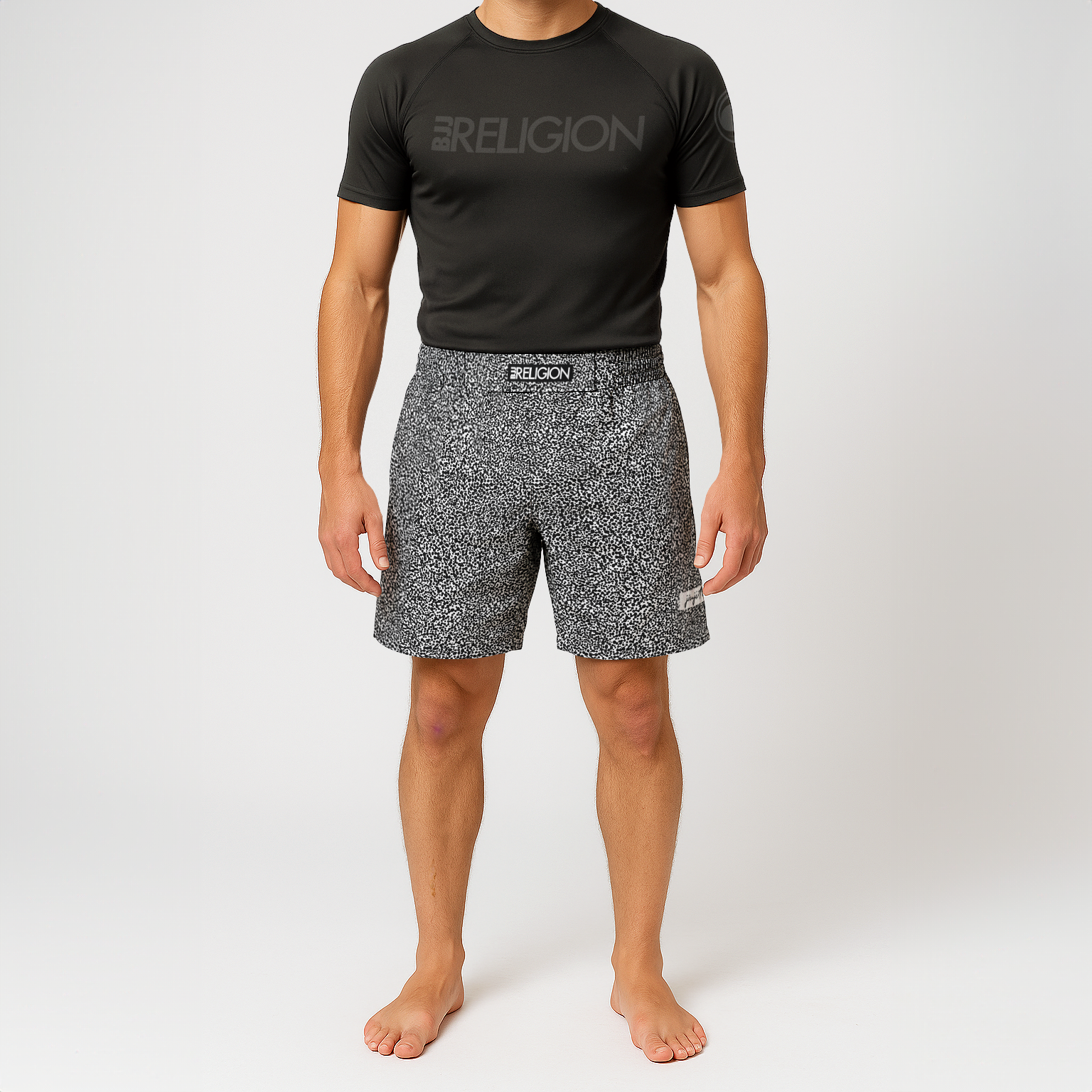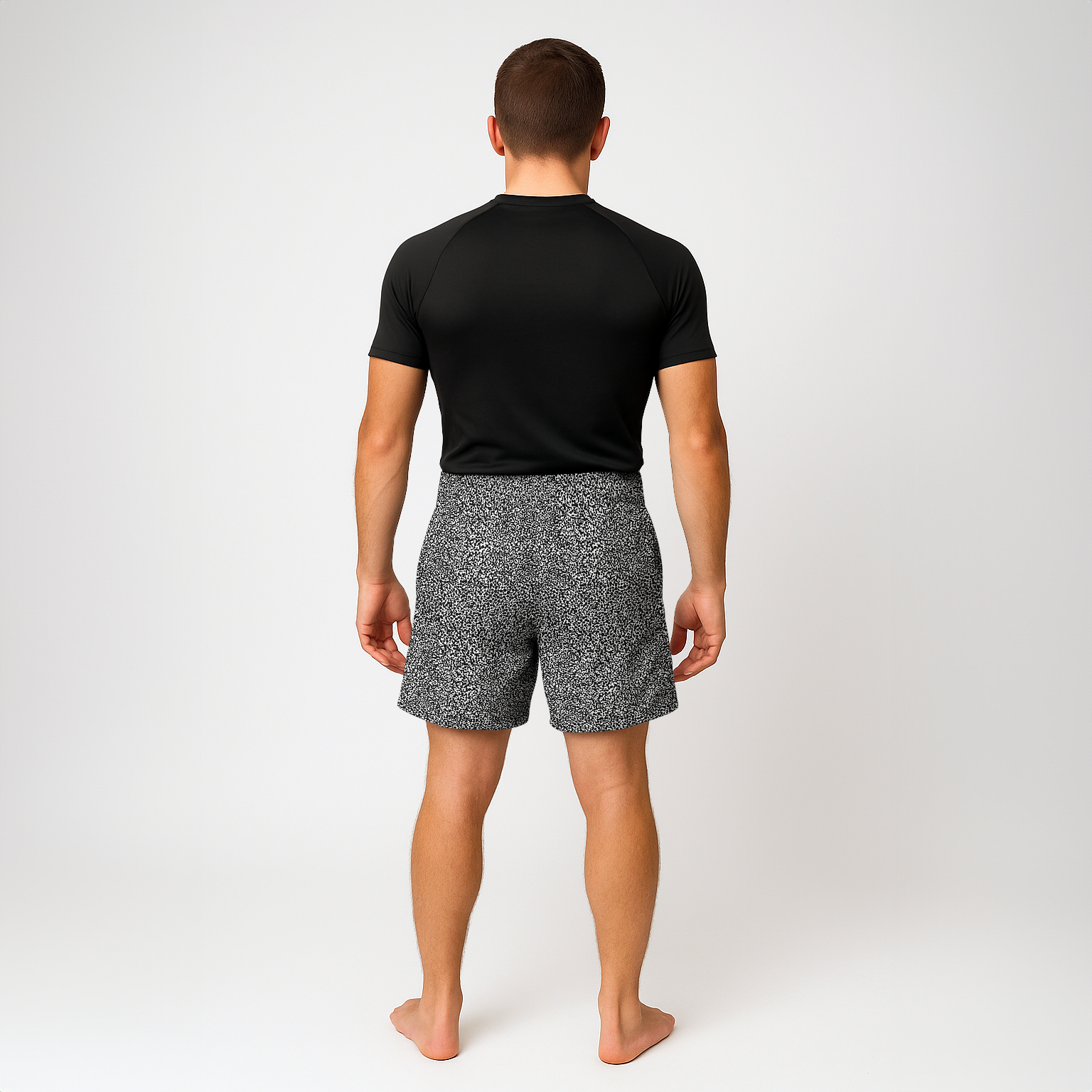Drill To Win?

In the world of Brazilian Jiu Jitsu, the debate about technique versus concepts, drilling versus rolling has raised its head again. Champions like André Galvão advocate drilling for expert BJJ performance while others, such as Kit Dale, argue that it isn’t necessary, favoring rolling instead. So who is right?
As is often the case, both approaches may be useful. Between my job as university education adviser and my sport psychology training, I’m really interested in how people learn. And my passion for BJJ means I’m always thinking about how it works in jiu jitsu too. Understanding learning theory and sport psychology can help us to make good, informed choices when it comes to improving BJJ. Here comes the science…
Drill until it’s automatic
The idea of drilling a technique over and over is that you learn it so well that you don’t even have to consciously think about it. This is supported by Fitts and Posners’ three stages of motor learning: Cognitive, Associative and Autonomous.
Cognitive stage: When we first start to learn a physical skill like BJJ, all of our attention is given over to simply executing the movement.
Associative stage: After a while, we begin to transfer what to do into how to do it. Our movements are still under conscious control. We still have to think about the technique but start making adjustments and stringing parts together into larger chunks.
Autonomous stage: Finally after many hours of practice, the skills are refined and seemingly automatic. As we transition through the stages, our technique becomes more efficient and we expend less physical and mental energy to achieve the same results.
 Take the triangle, for example. In the cognitive stage, we would normally start with a few crude movements and try to replicate what we’ve seen and heard from other people. In the associative stage, we might pay more attention to details like the angle of our leg across our opponent’s shoulders or how we break their posture. In the autonomous stage, we don’t have to consciously concentrate on each aspect of the triangle to successfully pull off the submission.
Take the triangle, for example. In the cognitive stage, we would normally start with a few crude movements and try to replicate what we’ve seen and heard from other people. In the associative stage, we might pay more attention to details like the angle of our leg across our opponent’s shoulders or how we break their posture. In the autonomous stage, we don’t have to consciously concentrate on each aspect of the triangle to successfully pull off the submission.
Reaching the autonomous stage can be beneficial because it reduces cognitive demands and lets you focus on other aspects of performance (e.g., what your opponent is doing, your game plan). When high-level athletes encourage drilling, it’s because it can help you reach this autonomous stage of skill acquisition.
Explicit versus Implicit Learning
In his article ‘Why Concepts Are Better Than Techniques in BJJ’, Kit Dale argues that the traditional approach to teaching jiu jitsu is outdated. I’m not so sure about that. Instruction can help to give some direction about what you should be doing. It would be hard for a beginner to execute a triangle without ever having seen it before. And valuable feedback from an instructor can help to focus your effort and accelerate your learning.
Traditional martial arts teaching (i.e., a physical demonstration accompanied by verbal explanation) involves an explicit approach to learning. It gives students specific information about how to perform a skill. It can be very helpful, especially for a beginner, to consciously take on board important elements.
But this type of instruction can also be problematic. In a classic piece of research with golfers, Professor Richard Masters found that novice players who learned a golf putt through typical instruction were more susceptible to choking under pressure. In contrast, players who learned the golf putt implicitly (i.e., without formal instruction) did not suffer the same performance decrements.
When we learn skills explicitly, by having particular aspects pointed out to us, we tend to fall back on these specific rules when stressed. We try to consciously control movements which would normally be automatic. In short, we experience ‘paralysis by analysis’. On the other hand, when we learn skills implicitly via subconscious processes, we don’t have any specific instructions to rely on. We are less likely to consciously control a skill because we are not fully aware of how we do it in the first place.
It seems that the Australian black belt does have a point. By encouraging rolling over drilling, Kit Dale is effectively supporting an implicit learning process which reduces the likelihood of crumbling in stressful situations.
Designing an implicit learning environment is a tricky business, however. Rather than coaching their students to replicate precise techniques, great BJJ teachers scaffold environments to guide their students. It’s not about leaving students to their own devices, but about nudging them in the right direction and encouraging them to take ownership of their own learning.
So what’s the ‘take home’ message? If you’ve read this far, you’ll realise that learning is a complex business, especially in an art as multifaceted as BJJ. Drilling has its uses, so does rolling. No single approach is perfect. Use them as you see fit.
About Dr. Rebecca Hill:
 Dr Rebecca Hill is a Sport and Exercise Psychologist chartered by the British Psychological Society. She is passionate about helping martial artists and combat athletes reach their performance potential through mental skills development.
Dr Rebecca Hill is a Sport and Exercise Psychologist chartered by the British Psychological Society. She is passionate about helping martial artists and combat athletes reach their performance potential through mental skills development.
She is also a Brazilian Jiu Jitsu black belt competitor under world champion Victor Estima, and current European Champion.

